Expanding Horizons








From the Editor Martin Coles
Experts in Rotomoulding Materials
Hydrogen Storage Matrix Polymers
Designer Rotomoulded Furniture Euro3plast
Chemical Storage Tanks Astro Srl
Kayak Innovation Tootega
Industrial Ventilators Venplast
Zest Boat Project Rototek

Introducing Expanding Horizons, the first edition of the Matrix Polymers Magazine. This magazine focuses on Matrix Polymers’ special relationship with its manufacturing partners through a series of stories. These stores arise and develop across a wide range of sectors and multiple countries, each confronted with a complex, challenging, and exciting problem. Through these case studies, Expanding Horizons explains the critical role Matrix Polymers plays in the rotational moulding value chain.

Rotational Moulding (Rotomoulding) is a unique plastics process that enables the designer to develop an amazing range of products of almost limitless size and complexity – all in one moulding.
Most people are not aware of the diversity of products this industry makes and the objective of this series of magazines is to help designers, rotomoulders and OEMs get a better understanding of what is possible.
I hope you get new thoughts and ideas from the case studies we feature and you are inspired to develop your own new applications using this incredibly versatile and low-cost process. Enjoy the issue.

Expanding Horizons is a magazine that tells a series of stories about the special relationship that Matrix Polymers develops with its manufacturing partners. Stories that arise and develop in different sectors and countries, which are confronted with different problems and which often pose complex and, at the same time, extremely exciting challenges. Expanding Horizons tells these cases in depth to testify the key role Matrix Polymers plays in the value chain that revolves around rotational molding.
Our team of industry experts, have a wide range of skills and knowledge, we collaborate with our customers from ideation to creation helping partners identify new possibilities that are aligned to market trends and insights. Matrix Polymers has an experienced team of people in all aspects of rotational moulding, from polymer chemistry to polymer design, compounding to grinding, rotomoulding to colour matching and logistics to customer services.
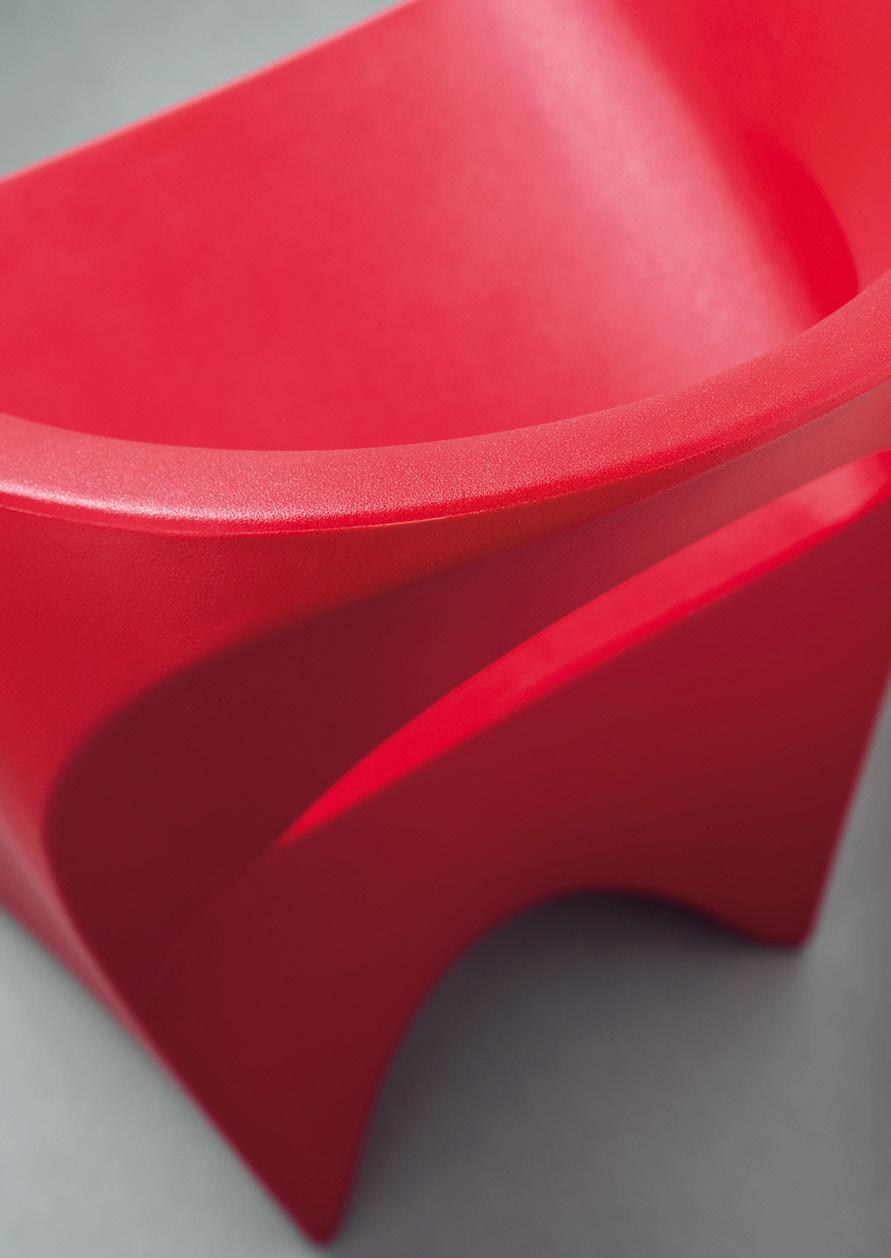





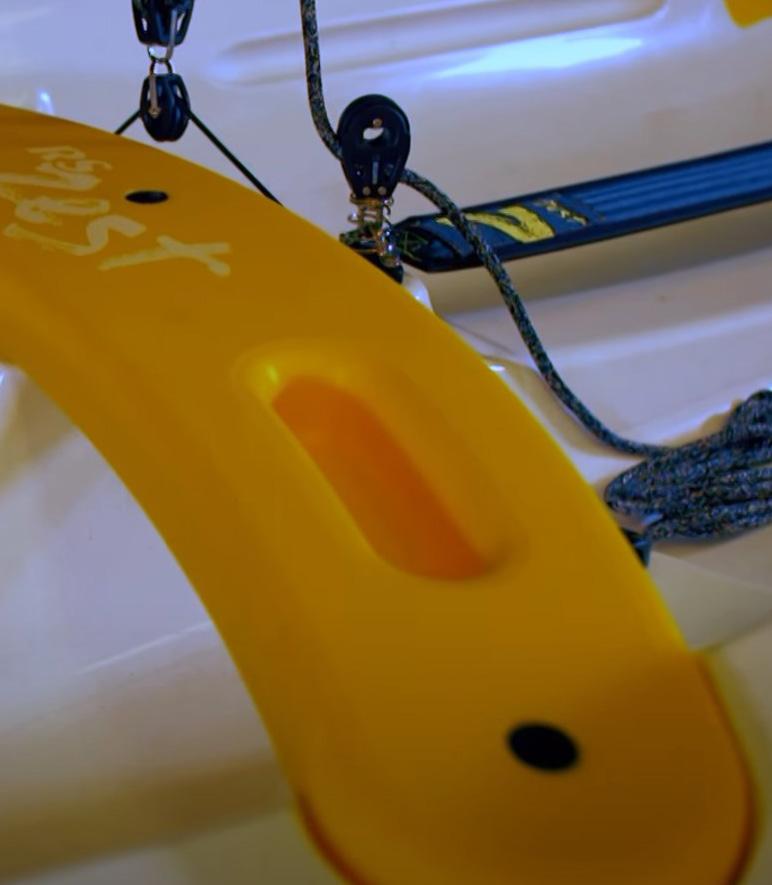
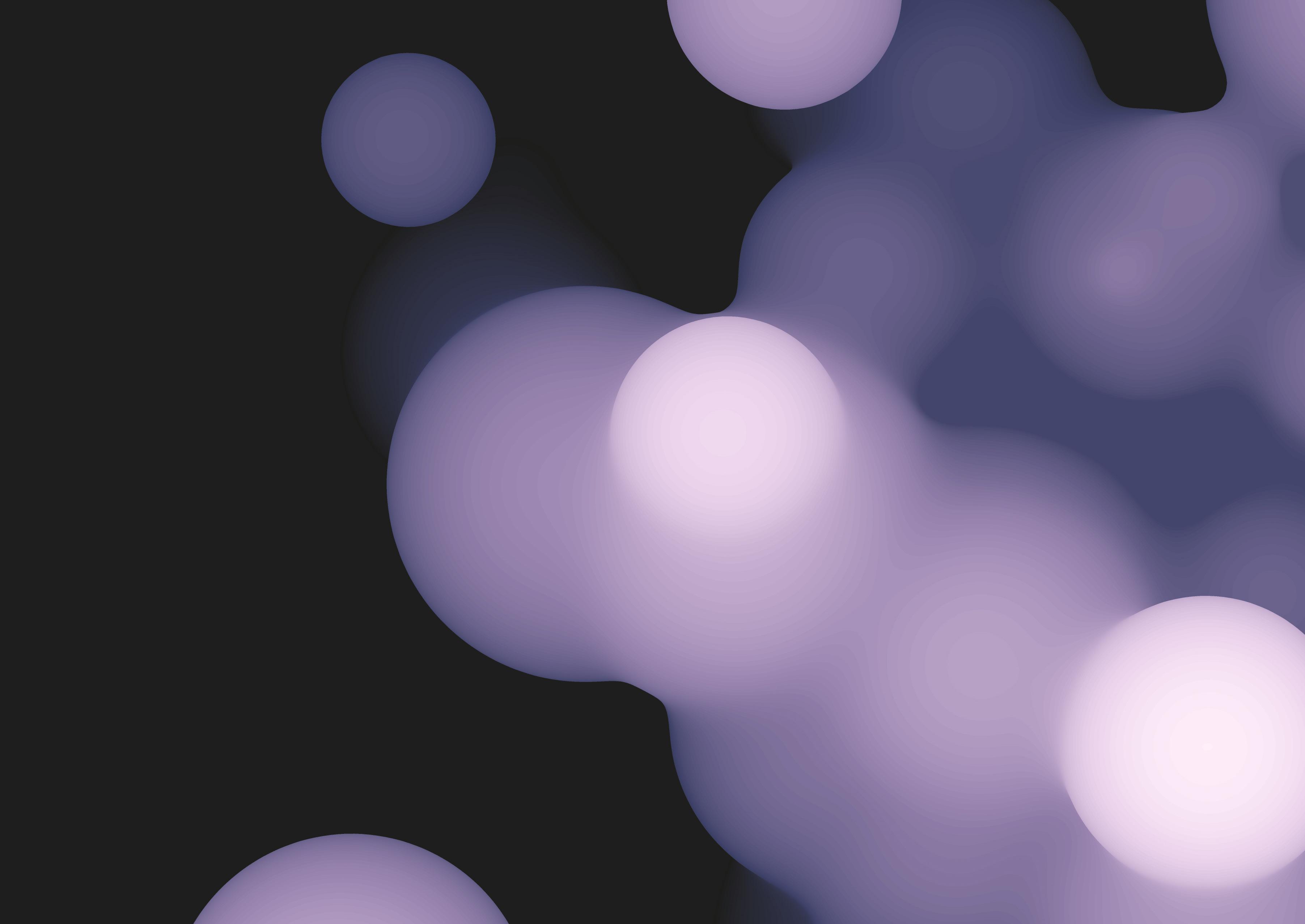
The idea to use hydrogen to power any means of transportation is incredibly old. During the oil crisis in the 1970’s, hydrogen appeared as a concept. Today this concept has gained momentum and interest on a global scale following the Paris agreement in 2015. It was agreed that we would achieve CO2 neutral emission by 2050 by limiting the average global temperature to <2°.
The only 100% sustainable and commercially viable hydrogen is known as “green hydrogen,” which is obtained through the electrolysis of water in special electrochemical cells powered by electricity produced from renewable sources. The development of technologies associated with electrolysis and a massive industrialization effort for this industrial chain should lower the cost of electrolyzers and improve their efficiency. This, coupled with the ever-increasing affordability of electricity produced from renewable sources, could make the production of green hydrogen economically competitive with that of blue or grey hydrogen.
In the context of the transition, companies and institutions must adopt transparency policies to clearly explain to consumers the differences between the various types of hydrogen in order to facilitate the choice of green hydrogen.


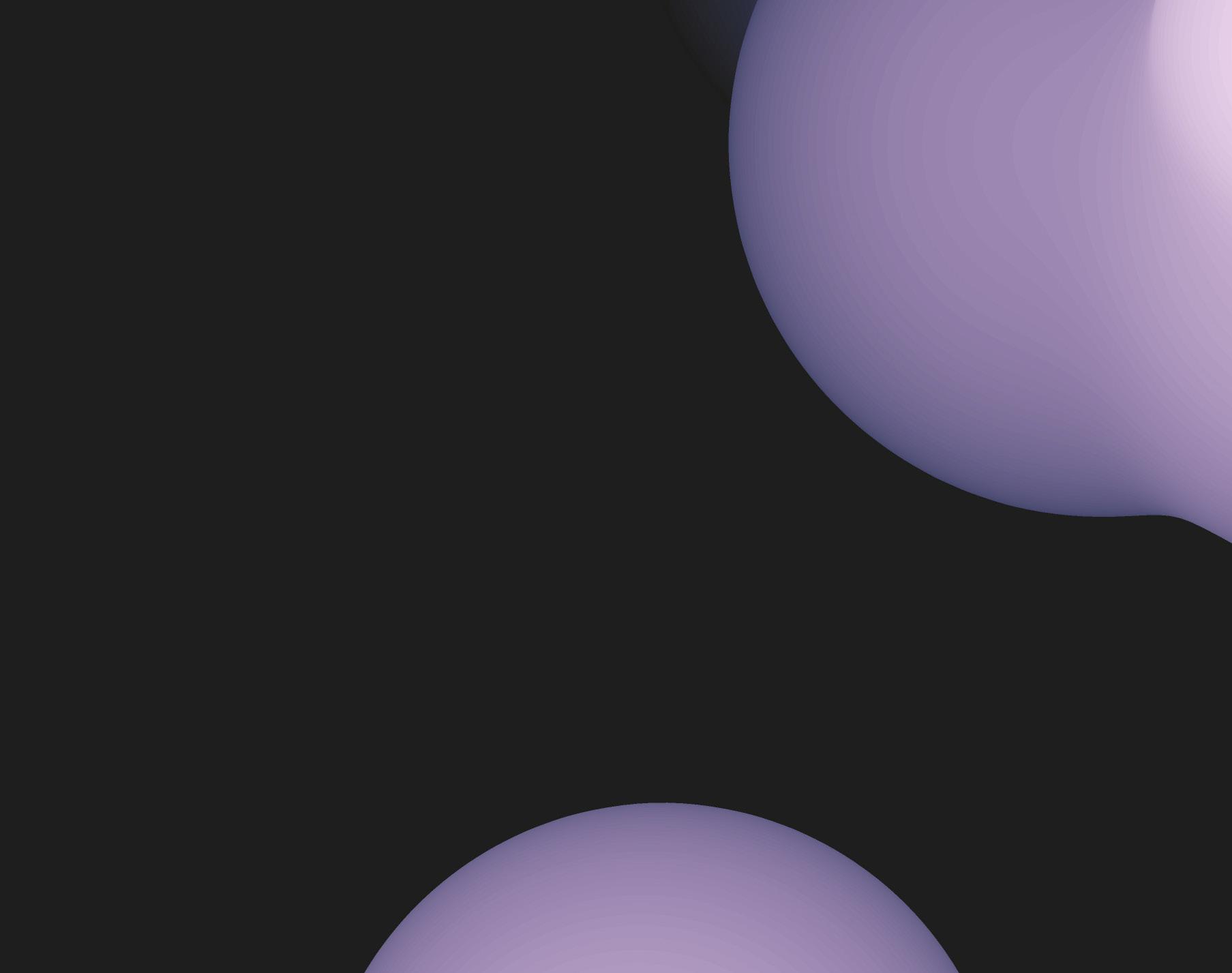

Like gasoline, hydrogen usually arrives at a filling station by truck. In contrast to gasoline, it can also be produced on-site by separating the element from water or natural gas. Many countries already have hundreds of miles of pipeline that can transport hydrogen. If hydrogen arrives in liquid form, it must first be converted into gas before it can be used. The liquid passes through vaporizer towers where it is heated until it turns into gas.
Although the electrolyzing process is not very efficient and requires an elevated amount of water, the technology is constantly evolving, reducing its manufacturing cost. Due to a lack of capillary refueling stations and current high prices, hydrogen is not widely used. Most of the efforts of the highly industrialized governments are aimed at bridging the gap by increasing the number of refueling stations. Hydrogen has dual functionality, it can be used as fuel for cars, buses, trucks, tractors, airplanes, etc., as well as energy storage.
To enable hydrogen to be viable for use as fuel, it must be compressed to high pressures - up to 10,000 pounds per square inch, or 700 bars. There are two standards for hydrogen compression: half-pressure H35 and full-pressure H70. A full fill at H70 equals 312 miles of range on a modern fuel-cell vehicle such as the Toyota Mirai, which is on par with gasoline-powered vehicles.
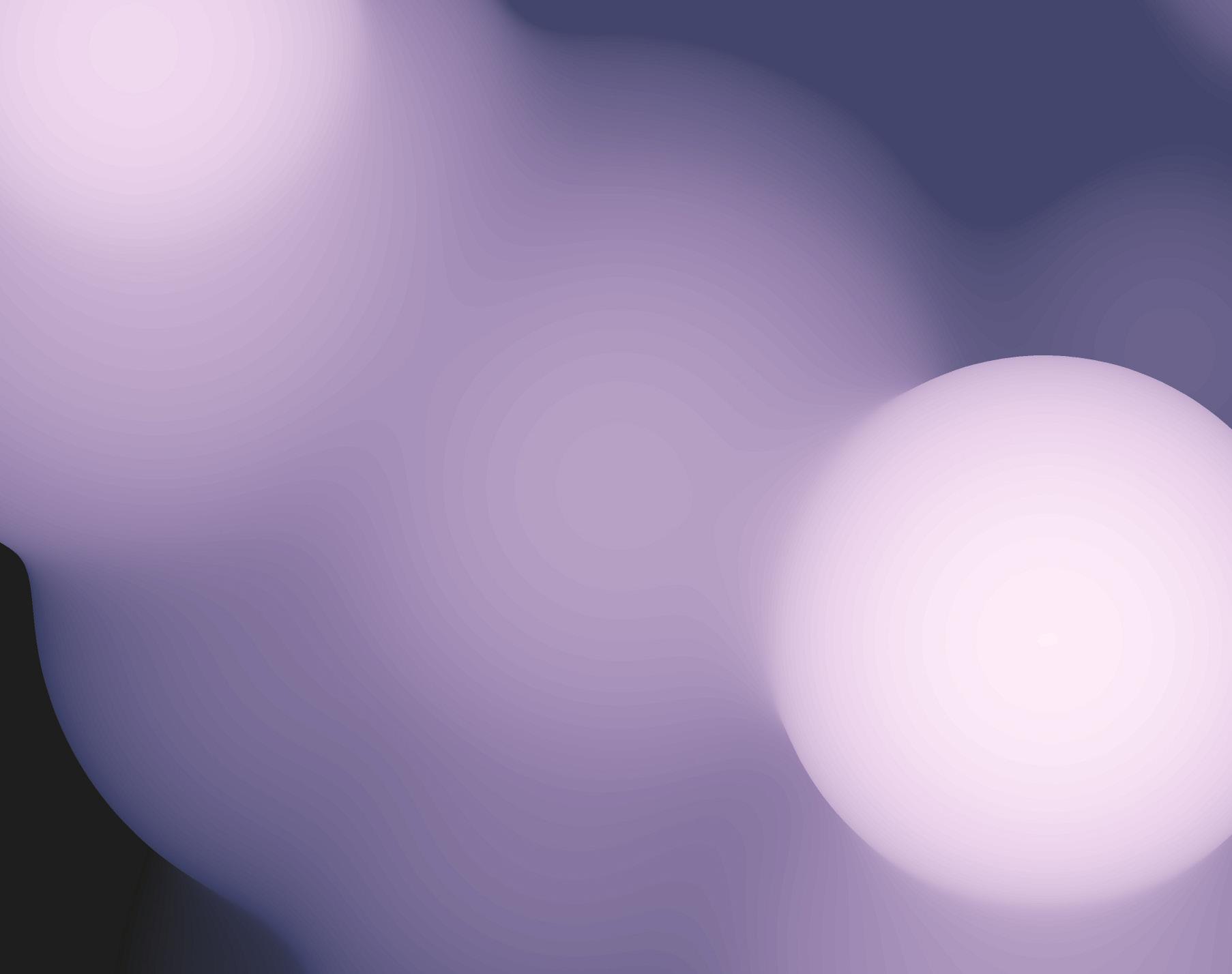
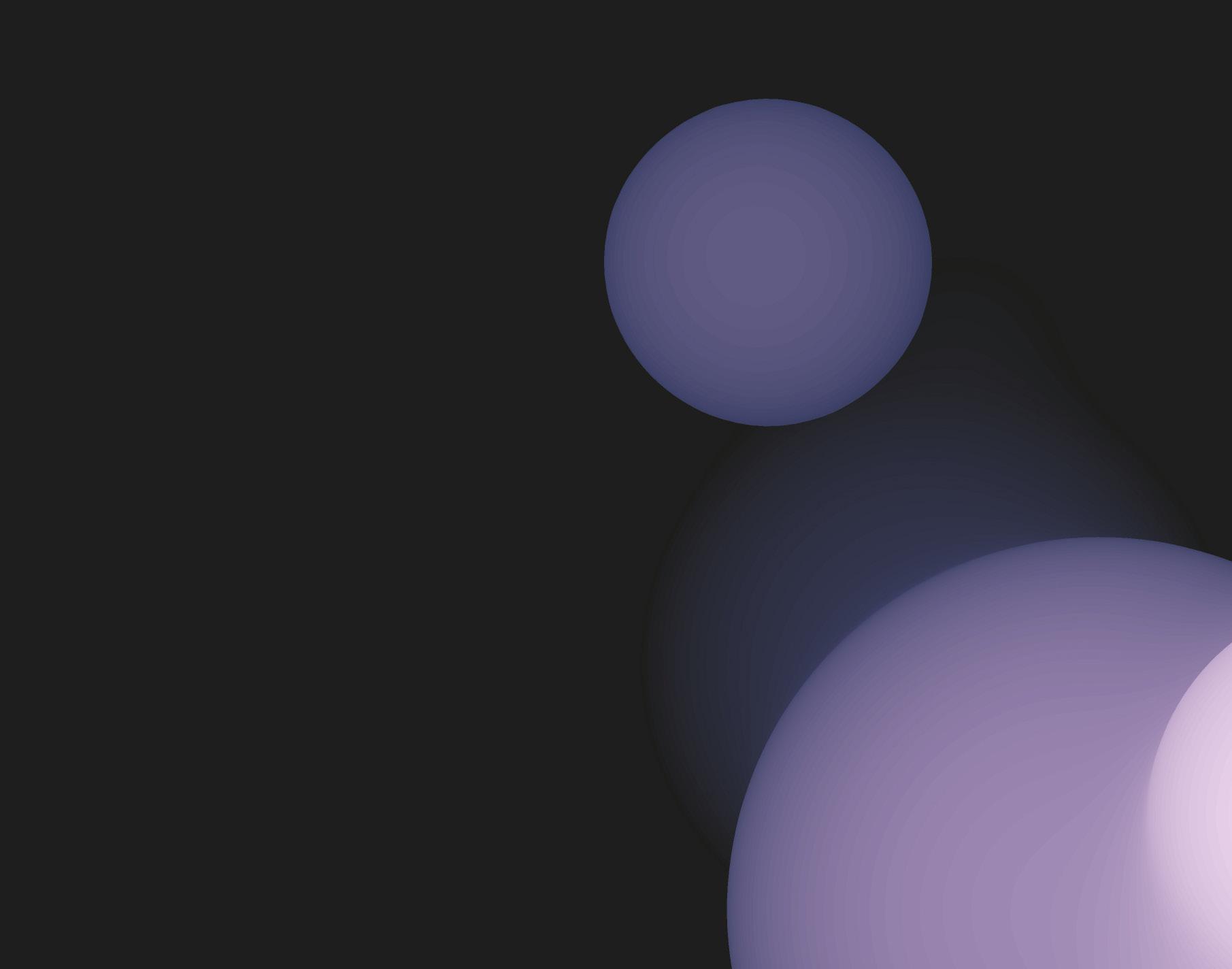
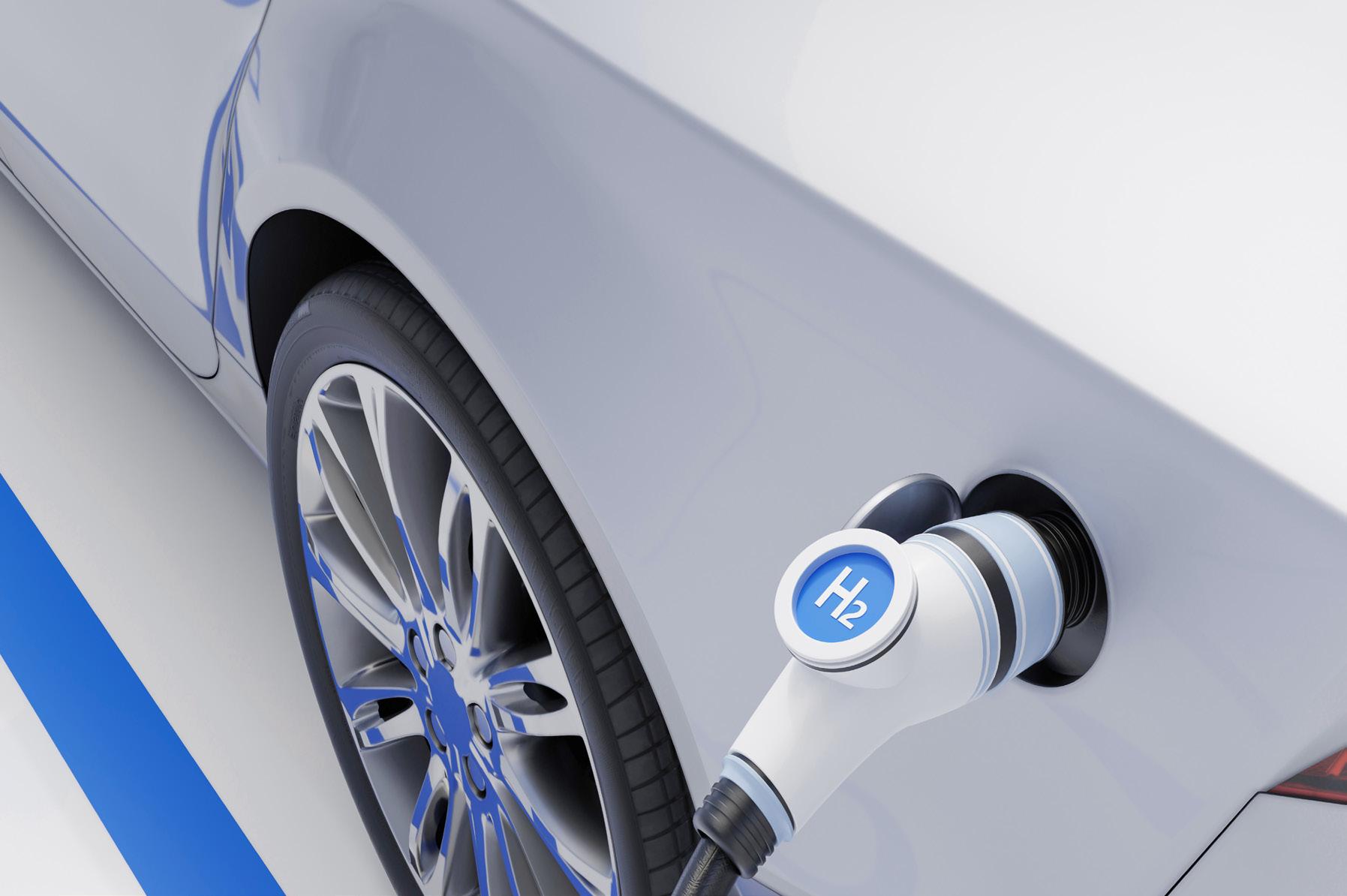
Unlike gasoline, hydrogen is stored in tanks above ground, while gasoline is stored below ground, with thousands of gallons in each tank. Heat exchangers are used to cool hydrogen before it passes through a pump in order to prevent expansion and maintain energy density. This cooling prevents the vehicle’s onboard tanks from overheating, thereby speeding up the fueling process.

There are typically three components of the hydrogen value chain: production and storage, distribution, and consumption with application. Each of these fields requires expert know-how to ensure safety, reduce costs, and guarantee compliance with regulations, codes, and standards.



Following the acquisition of hydrogen, the next steps in the value chain are storage and distribution so that it can be used when and where desired. Due to its low density, hydrogen requires a vast storage space and is associated with high pressures and low temperatures. Both storage and transportation infrastructures are challenged by this, since high-capacity and expensive methods are required.





Currently, electrolysis is the most sustainable and developed method for producing hydrogen. Additionally, it provides the highest H2 purity (almost 100%). Therefore, it provides better results that can be exploited later on. Due to the fact that it is a non-toxic process, it has zero impact on the environment.
It will take a substantial co-ordinated effort to make hydrogen as ubiquitous as natural gas is today. In addition to its fluidity, hydrogen can flow almost three times faster through pipelines than methane, which makes it a more cost-effective option for large-scale transportation.
Rotational moulding can be dominant in this sector thanks to the size of the liners. Furthermore, all the leading energy companies know very little about rotational moulding and this represents an excellent opportunity for growth. The Type-4 vessel is a composite structure with a polymer liner and carbon fibres. The polymer liner acts as a barrier against the gas and can be rotomoulded. The carbon fibre winded around the liner takes the applied pressure. This keeps the overall weight of the composite structure low.

In many global industries, rotomoulding can contribute to the success of the decarbonization process and help them achieve their environmental goals. Hydrogen and many other gases such as oxygen are currently stored in cylinders made from a metal called Type-3 liners. Typically small containers, these vessels are used in a wide range of applications including scuba diving, medical sectors, paintball, and aerospace. Hydrogen’s specific energy and energy density should be considered in comparison with conventional fuels and other gases.

> Section of the hydrogen tank


Once the containers are ready, they can be transported to the desired location. A 350 bar operating pressure is used in E-mobility buses and trucks. A car’s operating pressure can reach 750 bars. At present, only the Toyota Mirai made in Japan is commercially available. Additionally, it is important to consider the permeation rate, as not all polymers offer the same barrier to hydrogen. Since hydrogen is the smallest atom, it can permeate easily. The permeation rate can be affected by the vessel’s design, including its size, geometry, wall thickness, and pressure.
The introduction of Type-4 vessels has opened up a wealth of opportunities for the rotomoulding industry, particularly in the transportation and energy storage sectors. Based on the operating pressure of the Type-4 vessel, it is possible to gain a better understanding of the product’s operating life and requirements. When hydrogen is produced through the electrolyzer process in relatively small containers of approximately 1000 litres, it is typically kept at an operating pressure of 60 bars.

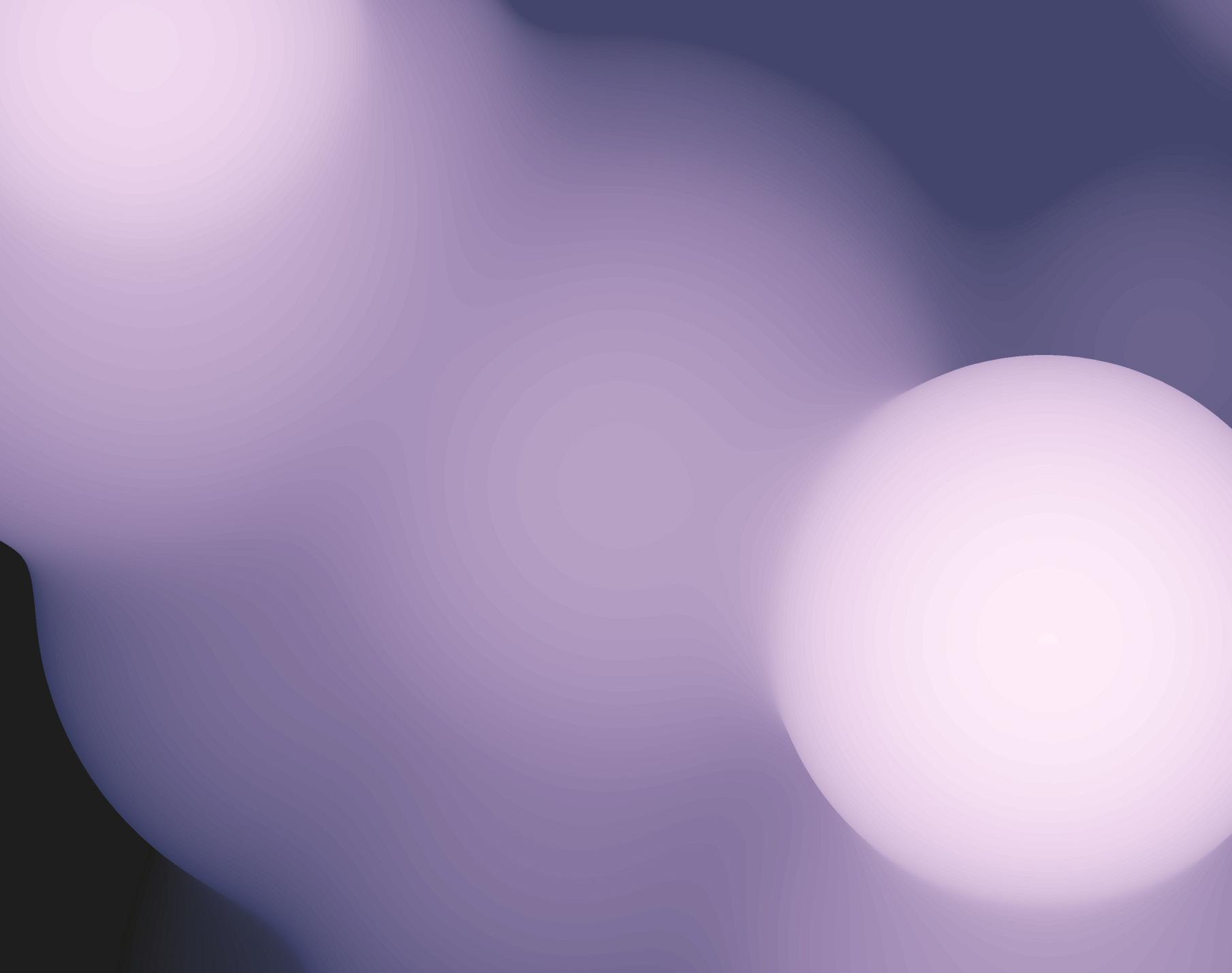


Hydrogen has entered the energy transition discussion as a central tool for decarbonisation. Existing producers are seeking to reduce carbon emissions from their manufacturing processes, while eyeing possible exponential growth of low, zero and negative carbon emission volumes. Future production routes range from methane reformation with carbon capture to pyrolysis, waste gasification and electrolysis, powered by renewable energy.




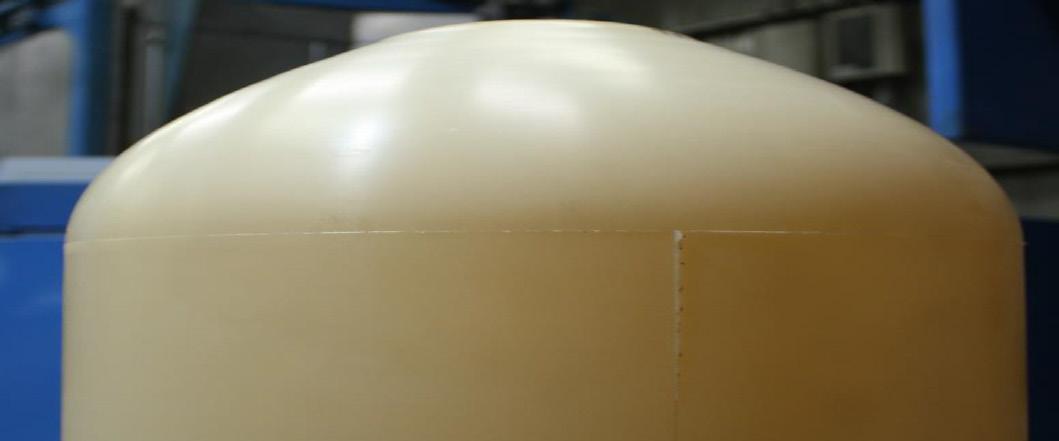
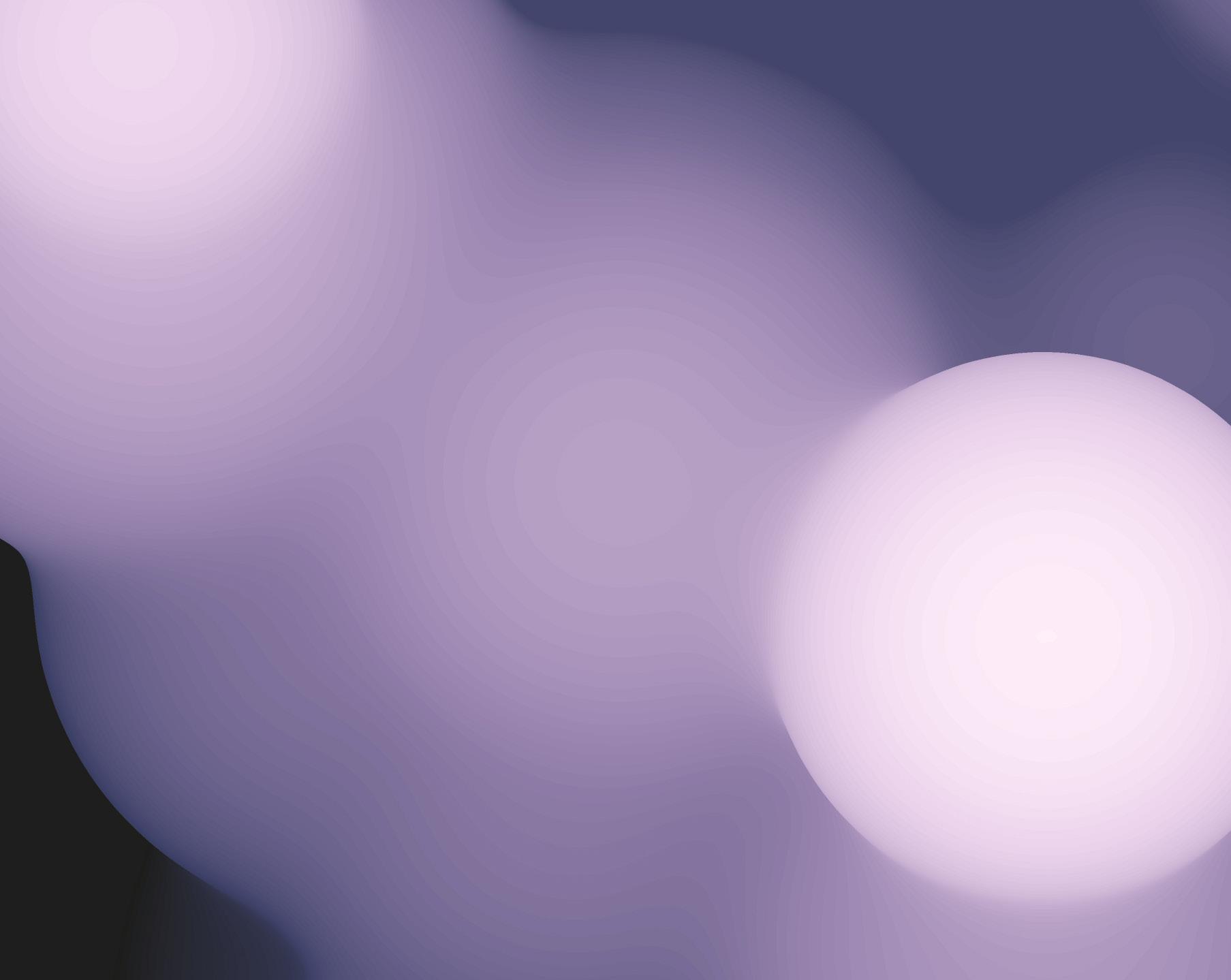

Euro3plast began writing its history by making plastic saucers and oblong trays in 1974. A family united around the company, the passion that from the outset brings together ideas, effort, and gives birth to great products. The group strongly sets out to transfer care and style to all its products, and continuously raises the bar of innovation and respect for the environment.
In 2007, the first Plust collection was presented, proud of its collaborations with internationally renowned designers. The result was an exciting melting pot of skills that produces some truly inspiring items: the ideas behind the forms, the detail that creates the most authentic beauty of true Italian excellence. What had been a challenge at the start became consolidated into a constantly-evolving style. Because Plust is all about unstoppable curiosity!
For a company that has based its development on the added value of design it is essential that its products are capable of expressing total quality at 360 °. Thus the choice of polymers is an integral part of the genesis of each new product.
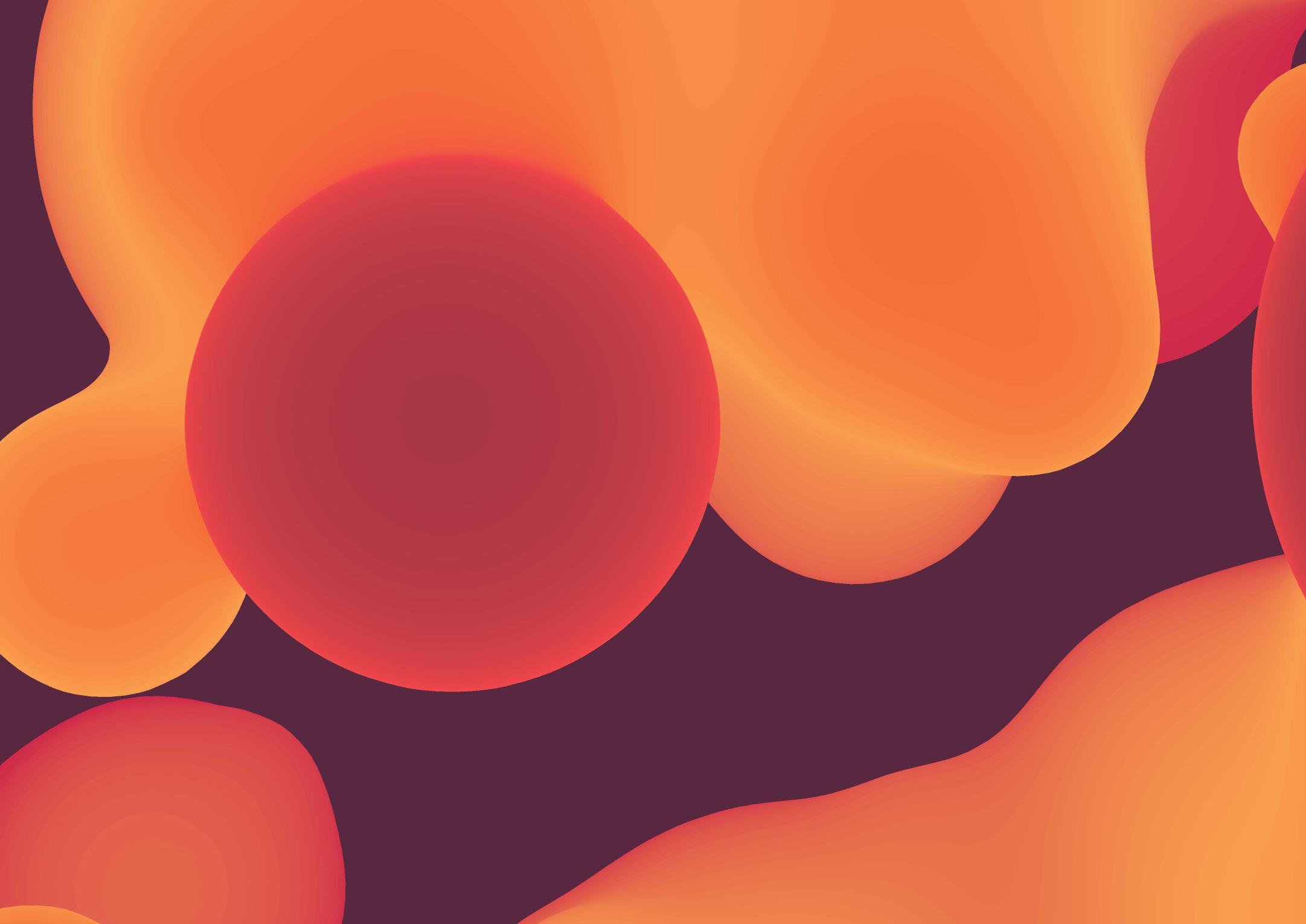
> Surface porosity on a rotomoulded product



Every rotational molder has experienced scrap parts due to pin holes in the parting lines, leaks near inserts, and excessive parting-line flash. Parting line holes are commonly called pin or blow holes but are often holes created by vacuum. Pin hole is the common word for porosity and it attracts permanent dirt and is unhygienic. On the cross section they can weaken the product by reducing its life expectancy. Pin holes can trigger product failure on field.
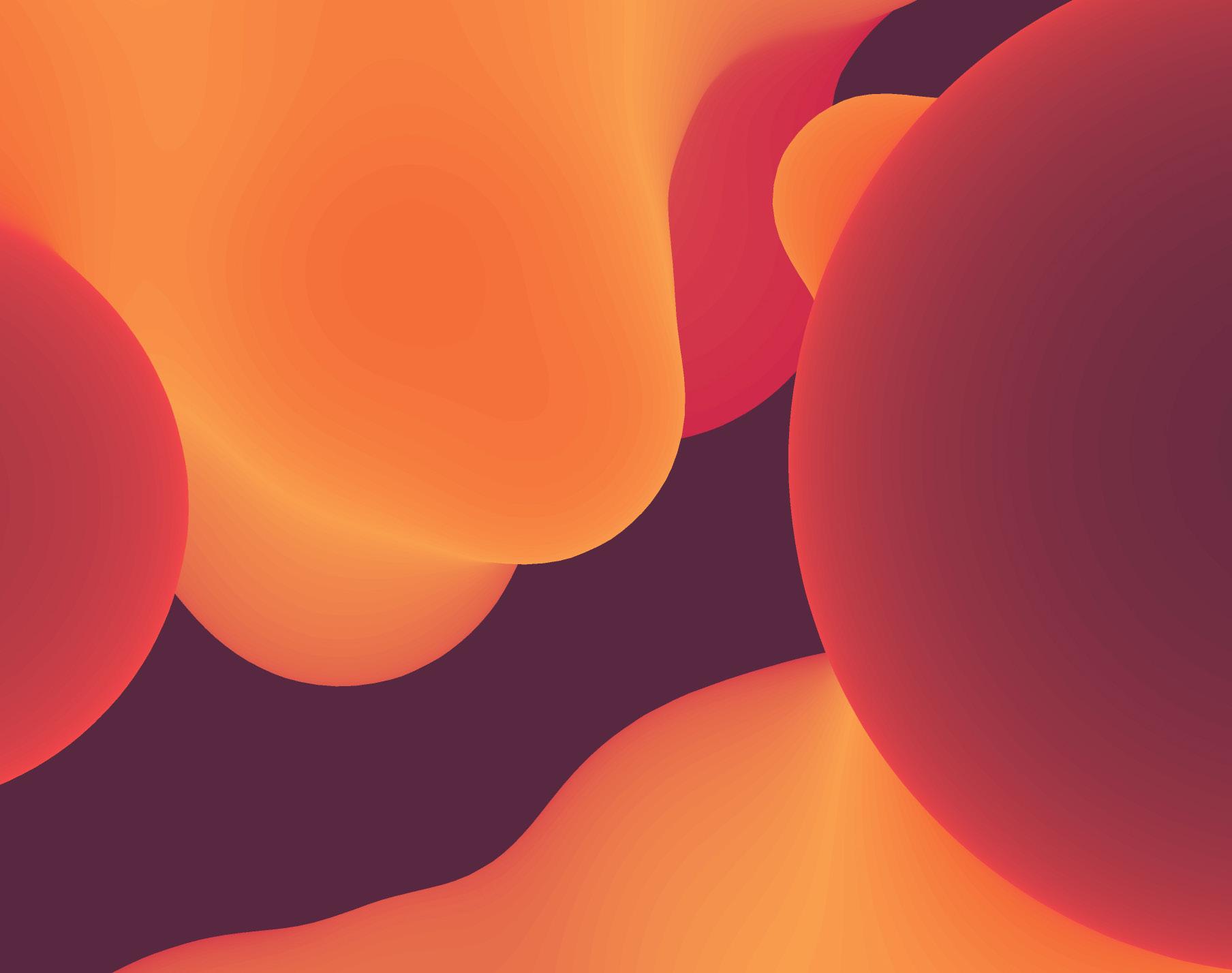
It is important to determine if these are blow or vacuum holes in order to correct the problem. A vacuum hole is created by air sucking in through the parting line into the mold during cooling. A hole created from pressure build-up inside the mold escaping through the parting line, during the heating cycle, may blow out through the molten plastic through the mold parting line, creating a blow hole without an internal bubble.
> Rotomoulded texture
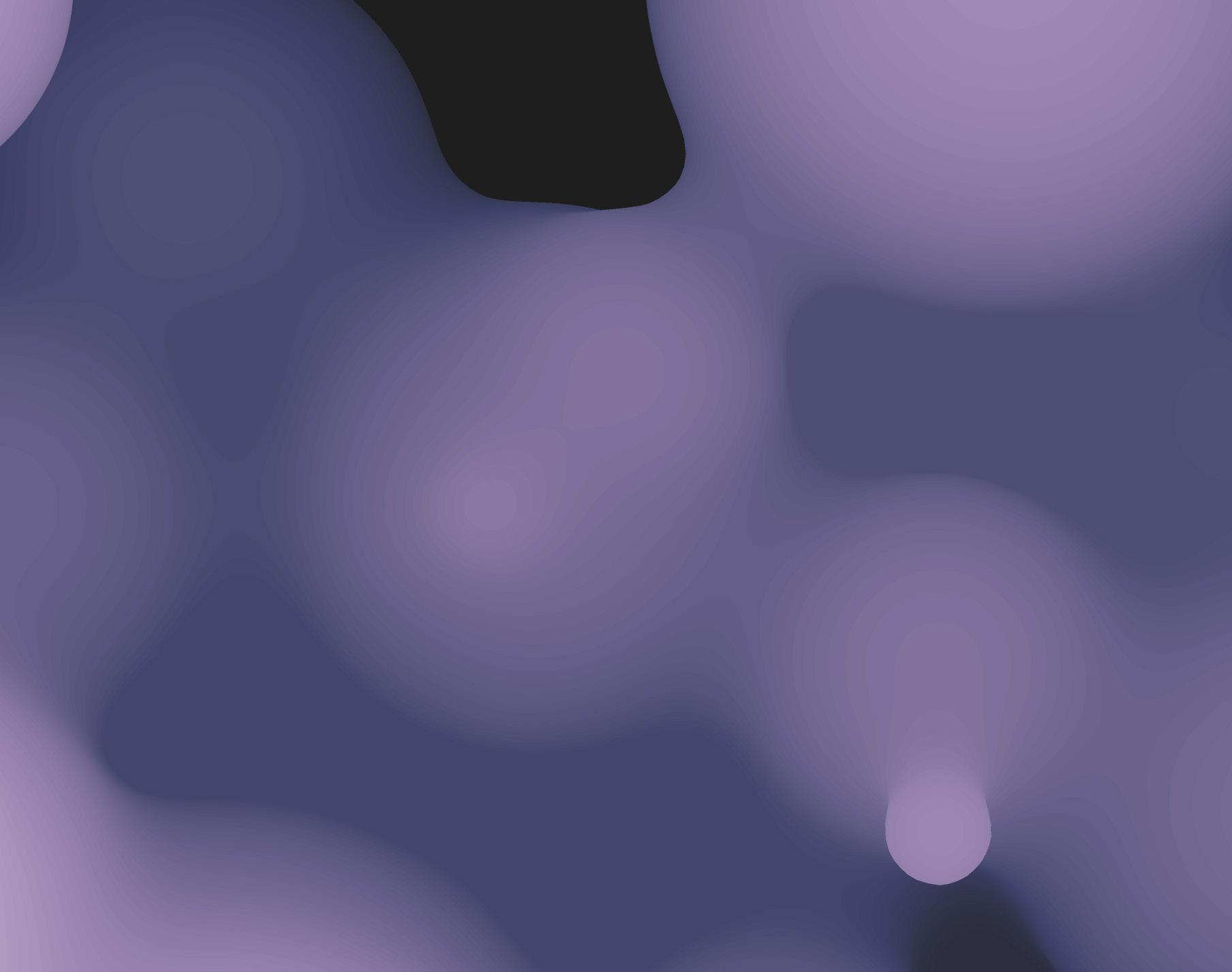
In each Plust product the surface represents a fundamental part that defines the final quality of the object. Every project created through rotational technology is based on the presence of a surface capable of resisting over time, not getting dirty or deteriorating and being washable. Functionality and aesthetics must be perfectly integrated within a design product made through rotational molding.




The quality of the surface represents a specific company need to give total quality to its products. A rotational product is able to last over time when it has innovative design contents combined with a surface quality that makes it reliable over the years. The need to develop a polymer capable of overcoming the typical problems due to the porosity of traditional rotomoulded surfaces emerged from the ongoing collaboration between Euro3plast and Matrix Polymers.
> Trim Light, floor lamp, design Valerio Sommella
The technology acts on the sintering phase of the rotomoulding process by reducing the surface tension between the powder in the molten phase. Revolve® by Matrix Polymers requires less energy than conventional powder to melt, enabling moulders to reduce cycle time hence increasing productivity. The technology enables moulders to also reduce gas consumption.


The Plust collection is designed by international designers to be able to flexibly furnish outdoor and indoor environments. They are objects that offer a concept of total quality combined with a high aesthetic level with the typical functionality of products capable of performing multiple functions, illuminating the space and, at the same time, becoming a comfortable seat, a pot or a pratical container.
> Boyo, pot and floor lamp, design Gentle Giants


The collaboration between Matrix Polymers and Euro3plast is based on the growing need to obtain high-level rotomoulded products, with material characteristics superior to those of products molded with other technologies such as injection molding. Revolve® N-1010 provides a new valid answer to this growing need through a polymer capable of allowing excellent printability combined with strong resistance to external agents. An ideal material to produce transversal objects for the outdoors that must remain perfect in the sun, rain and any possible temperature.



Revolve® N-1010 is a rotational moulding hexene, general purpose grade made exclusively for the Revolve® Group as part of the Designed for Roto® development programme. The grade has an excellent balance of properties such as a excellent impact strength, a very wide processing window, and good mouldability. The grade is UV8 rated. Through the use of this polymer, Plust’s rotomoulded products for outdoor use take on a wider value, and a longer duration over time. The final product is easier to mold in intricate areas with pin-hole free moldings.
 > Gunball, sofa and low table, design Alberto Brogliato
> Bartolomeo, desk bar, design Joe Velluto
> Gunball, sofa and low table, design Alberto Brogliato
> Bartolomeo, desk bar, design Joe Velluto
> Extraction of the product from the mould

The relationship between Matrix Polymers and Euro3plast represents an emblematic case of a close collaboration between those who produce materials and products. The role of Matrix Polymers is strategic and key: it supplies and develops the most innovative materials but also collects and interprets the needs of those who produce in a continuous interaction aimed at making the world of rotational molding evolve.


The development of a new product arises from the collaboration between some key figures: the designer who designs the best synthesis between form and function, the manufacturer who optimizes the process related to rotational molding and the polymer supplier who offers the best material to solve certain needs. From the exchange of knowledge between these figures, the best synthesis is obtained to create truly innovative products.
> Polymer powder for rotational molding

Designed for Roto® is a R&D programme conducted in partnership with petrochemical companies aimed at developing polymers intended to be used in rotomoulding applications. Under the Designed for Roto® development programme Matrix Polymers offers one of the widest ranges of technologies based on polyethylene, polypropylene, polyamide and fluoropolymer resins. Those polymers are converted into a wide range of products and applications such as construction, gardening, furniture and tanks certified by independent automotive authorities.

> Loading the mold with the polymer
> Tebe, floor lamp, design Needs Studio



Plust’s rotomoulded products stand out not only for their shape but also for the attention to detail with the development of innovative textures that make the product recognizable and original. Amongst the advantages of Revolve® N-1010 there is the ease of modeling intricate areas and superb surface detail. Furthermore Revolve® N-1010 allows faster cycle times and increased efficiency and output together with lower energy consumption and cost savings.
> The development of new polymers through prototypes
The role of Matrix Polymers is focused on develop new polymers uniquely designed for rotomoulding. The company is at the forefront of the industry, pushing boundaries through the development of engineering and innovative polymers and, at the same time, listening to rotomoulders concerns and problems and working to overcome them.



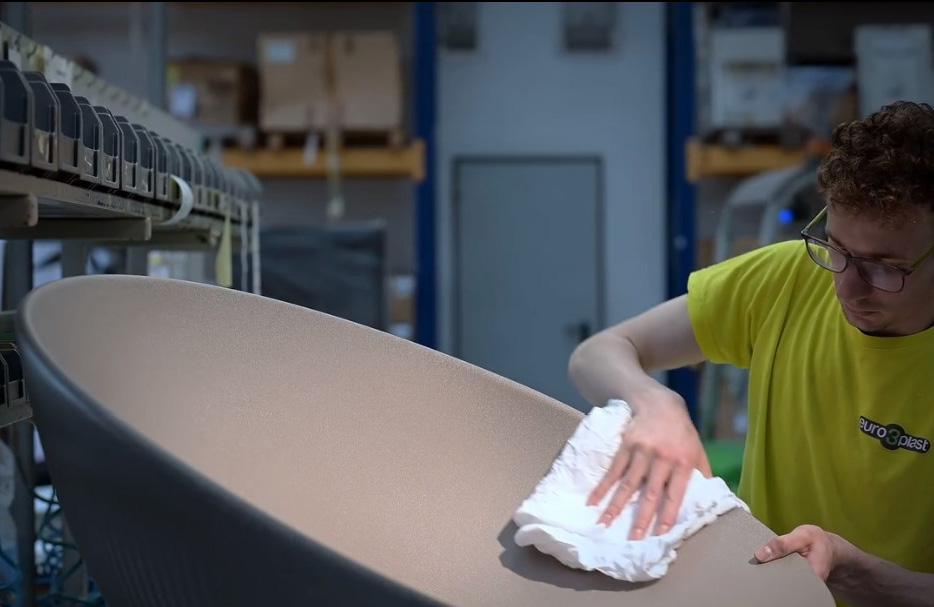
Industrial products made through rotational molding are confronted with the theme of durability, that is, the ability to keep them in good condition during a certain period of use. A quality product made of plastic must be able to age well, maintaining a surface appearance similar to what it had when it was printed, without changing its color. The rotomoulded surface must be preserved by maintaining its initial compactness and preserving its texture down to the smallest detail.
> Durability as a key aspect of product quality
The quality of the polymer is essential to obtain a reliable molding and a product capable of lasting over time. But, at the same time, the evolution in polymer research must also be accompanied by a substantial change in the approach of rotomoulders. They need to embrace a new vison and try to remove the obvious hurdles the process may present, accompanying the evolution of polymers with advances in technology, process automation and energy rationalization.




The competition with other plastic material molding technologies such as blow-molding and injection molding is played on the ability of rotational molding to offer 360° responses and solutions, investing in the innovation of raw materials as well as in automated production systems. Stagnation and complacency increases the risk from other plastic processes while advanced polymers and new production processes represent the key to innovating through rotational technology.
Astro Srl has been manufacturing linear polyethylene tanks and containers for over forty years. They are distributed on the domestic market and throughout Europe using a consolidated sales network in France, Germany, England, Spain, Austria, Holland, Belgium, Switzerland, and Portugal. Astro Srl’s products meet a wide range of industry requirements, making the products extremely popular in so many countries, and a variety of sectors such as chemical, pharmaceutical, cosmetic, textiles, food, water treatment plants and waste disposal sectors.
Astro’s metallic structures have been CE marked according to UNI EN 1090. Astro Srl’s operations undergo numerous quality checks that make it a market leader in terms of quality and reliability. More than 650 base models are available with an unlimited number of variants, including IBCs approved for the transportation of dangerous goods according to ADR.
Innovation in this sector passes through a deep coordination between the needs of those who produce and those of those who supply the raw material. Matrix Polymers not only offers innovative materials but assists the manufacturer.
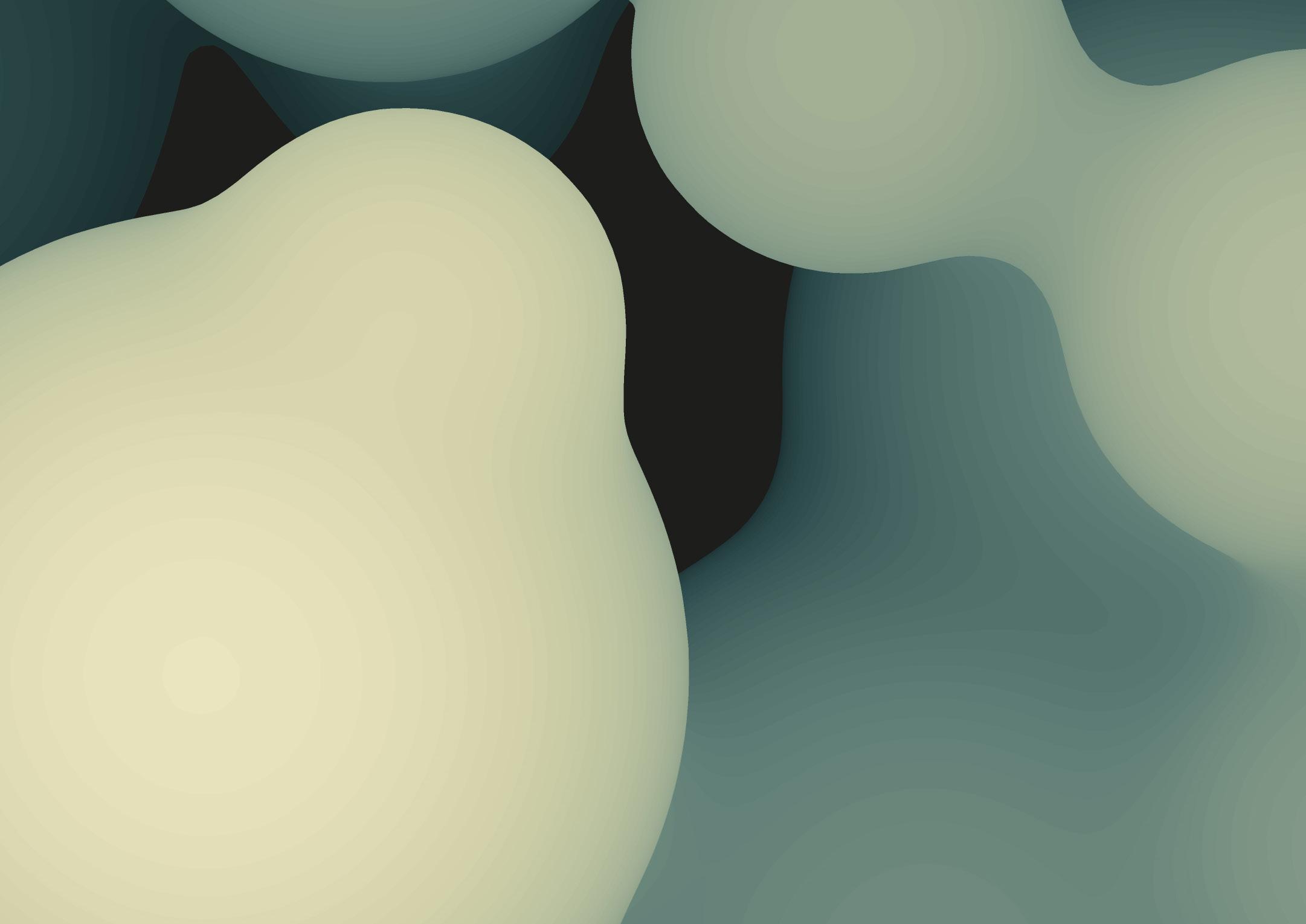
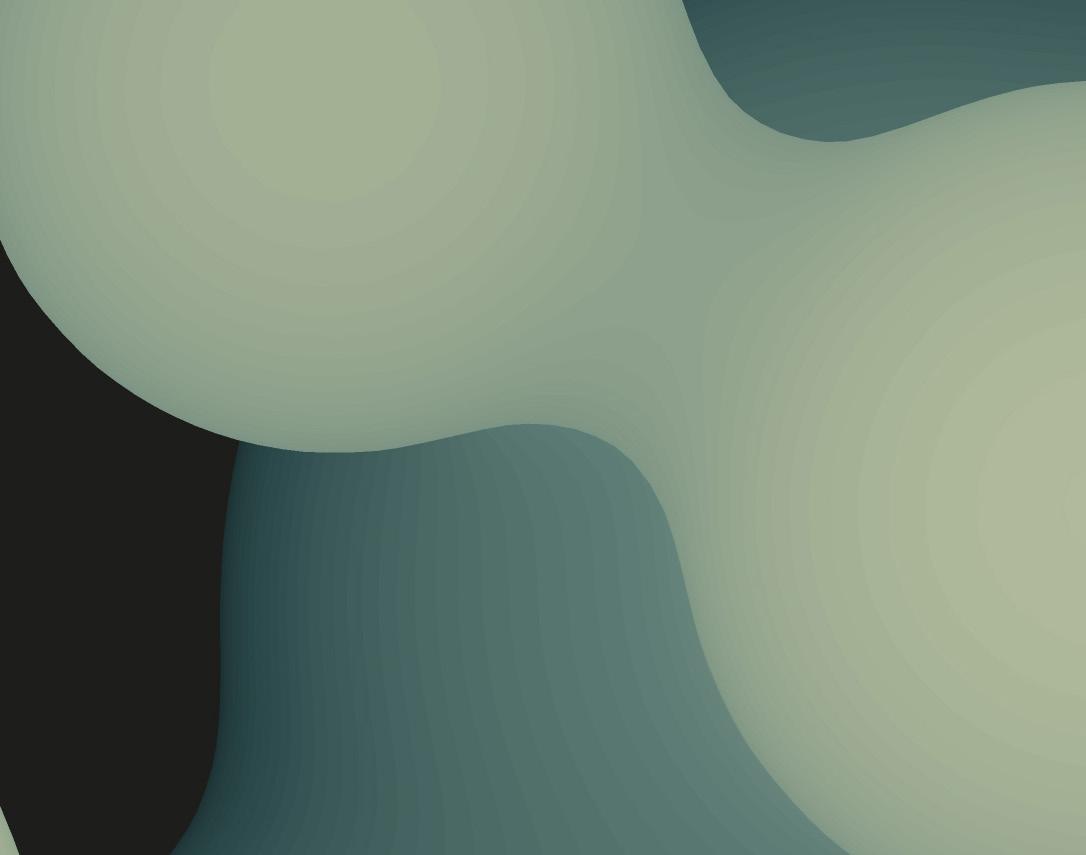
Astro Srl manufactures a wide range of tank models, including cylindrical, conical, cubical, and rectangular tanks others ( also with ONU / ADR homologation ) in various capacities, suitable for containing and transporting a wide range of chemical products with high aggressiveness, density, and viscosity, to meet the most diverse customer requirements.

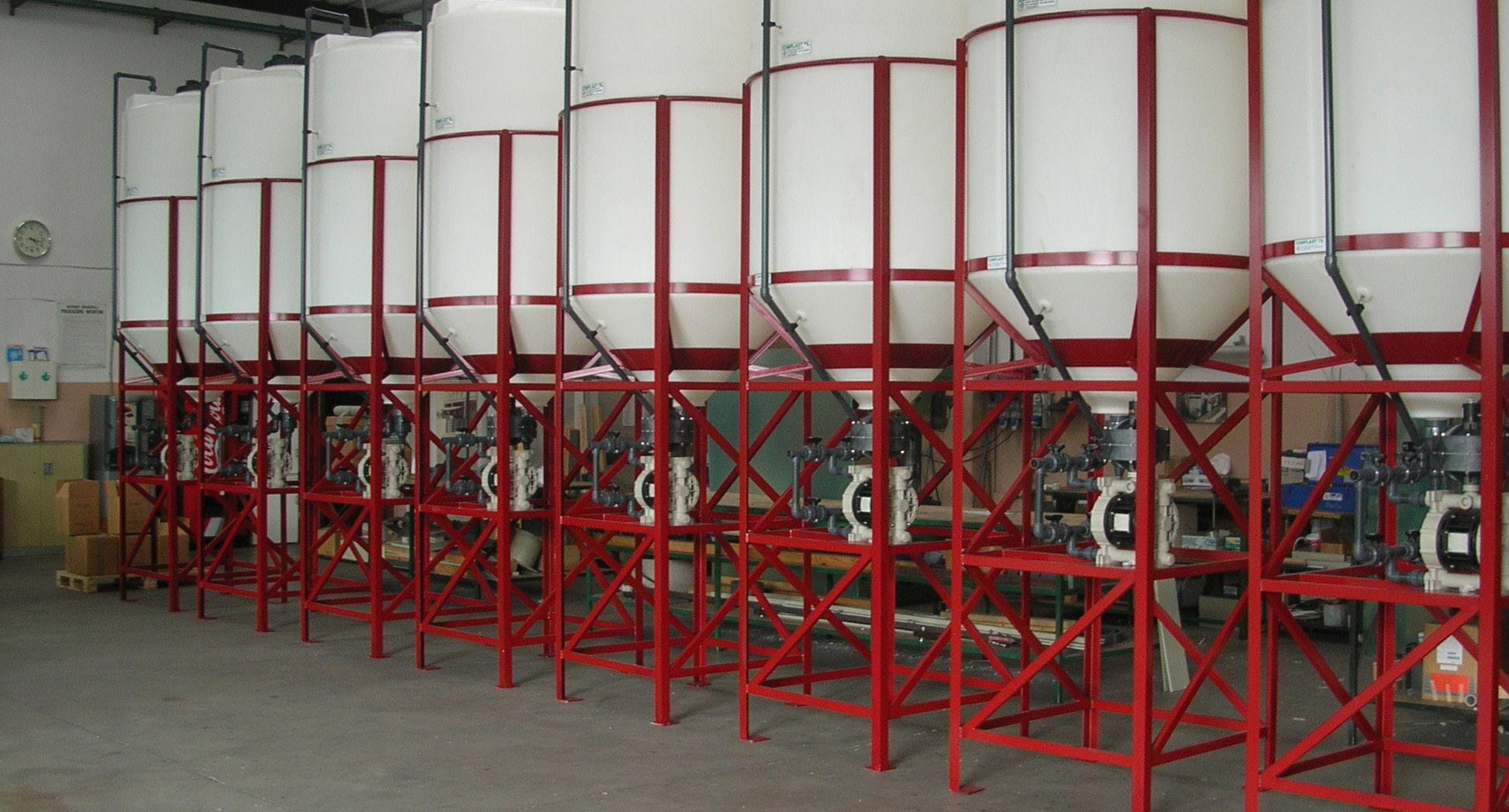

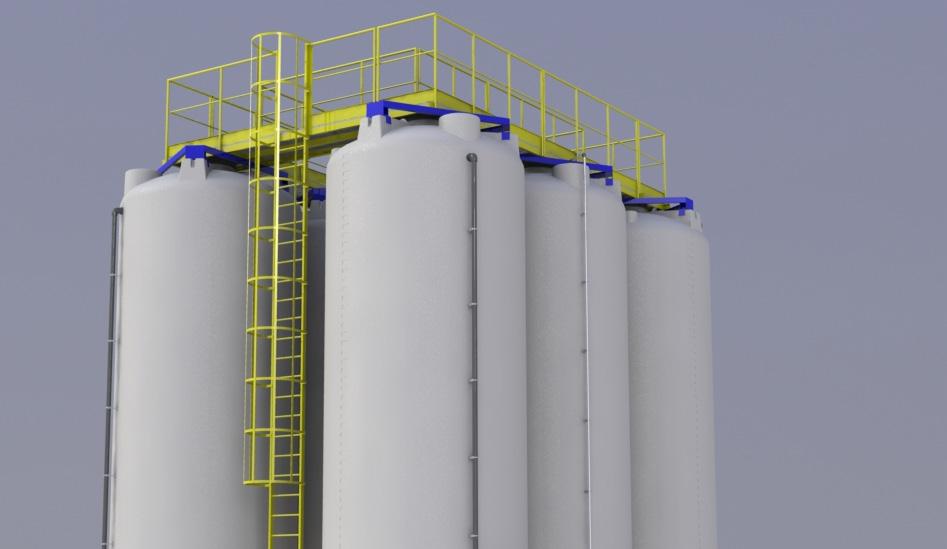


Revolve® 6402U is a low density (0.932 g/cm³), low melt (4.0 g/10 min) hexene polyethylene grade for rotomoulding exclusively made for Matrix Polymers, As part of our Designed for Roto® programme. The grade was developed to have a wide processing window, outstanding physical properties and consistent long-term performance.

The grade Revolve® R-Tuff PP60 is an advanced rotational moulding polypropylene grade designed to provide enhanced cold impact properties without compromising stiffness and high temperature resistance.


Each individual tank model can be produced in up to 5 different thicknesses to make it suitable for the storage of a very wide range of mediums, and supplied in Natural White, Granite Grey or Black in order to preserve the title of the stored medium from the effect of sunlight to prevent its decay or degradation.
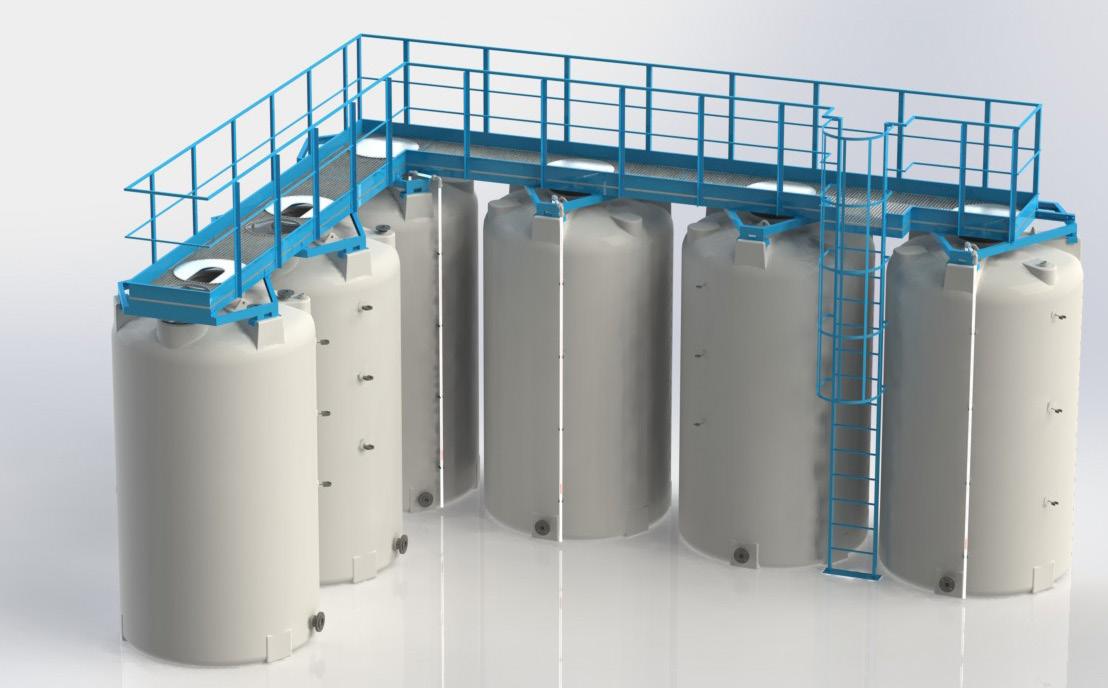
Astro Srl can propose and supply important technical solutions, including double-walled tanks or with safety bund, certified and compliant with the latest European Environmental Safety regulations. All solutions can be customised, even with the application of a wide range of accessories, including metal structures and carpentry in general (such as ladders and inspection platforms), which can be finished by oven-coated painting with acid-proof epoxy powders, galvanised or stainless steel.


Revolve® 6402U is also available in conductive form. Containers can be located in an explosive atmosphere and in working environments where the risk of an explosion is very high. Therefore, industrial containers can be made suitable for ATEX environments meaning that the containers can be made from a conductive polymer such as Revolve® 6402U Conductive.
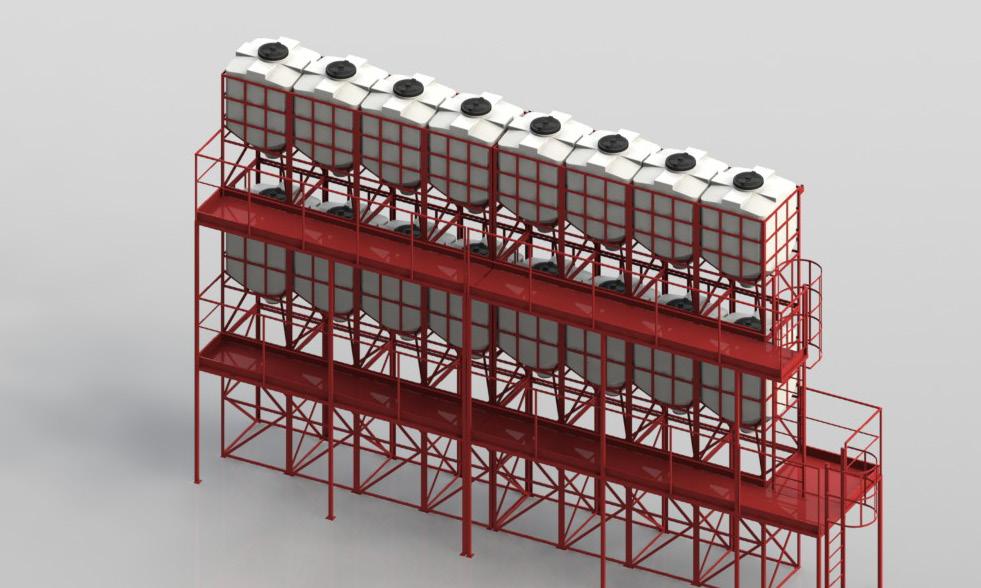

Over the years there has been an increased demand towards the elevated operating temperature in the food and pharmaceutical industries. This makes conventional polyethylene unsuitable for new market conditions. In applications where the temperature is greater than the softening temperature of Revolve® 6402U, Matrix Polymers has developed a polypropylene that can withstand chemical aggression, high impact load and high temperature without sacrificing the mouldability and the flow characteristic.

Tootega has a passion for paddle sports. From the early days of competitive surf kayaking and building there own boats to traveling on adventures discovering the roots of paddle sports. Designing and manufacturing innovative kayaks represents a demanding challenge that involves multiple aspects. Product design must certainly combine ergonomics, functionality, hull performance and aesthetics.
The rotational production must guarantee a high quality, resistance to shocks and physical and mechanical stresses which are very high.
Kayaks are a complex product in which multiple functions are condensed in a relatively small space: the rotomoulded hull is completed by multiple accessories that allow the boat to remain stable with respect to the motile stresses to which it is subjected in the water.
Innovation can take place from different points of view. It can be linked to the discovery of new applications as well as to the improvement of existing products: the latter is the mission that has characterized Tootega since the beginning.

> Tootega collection


Tootega kayaks are produced in two distinct constructions: Standard which represents the most popular variant, using the most robust manufacturing procedure to produce boats backed by a lifetime warranty. Huntsman models are tailored for fishing use. The key differences are the inclusion of two flush mount rod holders behind the cockpit, as well as a padded seat and backrest being included without additional cost.
Evolve® technology is suitable for any polymer and does not have a detrimental influence on material properties and performance. The Super Linear grade Revolve® M601 is also supplied with Evolve® in order to enhance the quality of the kayaks and boats.

> Firebrick kayak

The Kinetic 100 has been designed to work in harmony with our innovative new skeg system, which is fully adjustable, allowing you to find that perfect balance between manoeuvrability or straight line tracking for you and the water you are paddling on. With huge amounts of storage for a 10ft kayak, and complete with our new low-profile anchor points for backrests and thigh-straps, the Kinetic is the elusive kayak, that can tour, play in the surf, work as an inland/near shore fishing platform, and yet still remain lightweight and stable.



The hull of the kayak represents a concentration of multiple technical solutions designed to increase the resistance to shocks and stress of the structure. The presence of ribs and inserts in the rotomoulded part guarantees the hull can be accessorized according to multiple configurations.

> Inserts applied to the rotomoulded structure
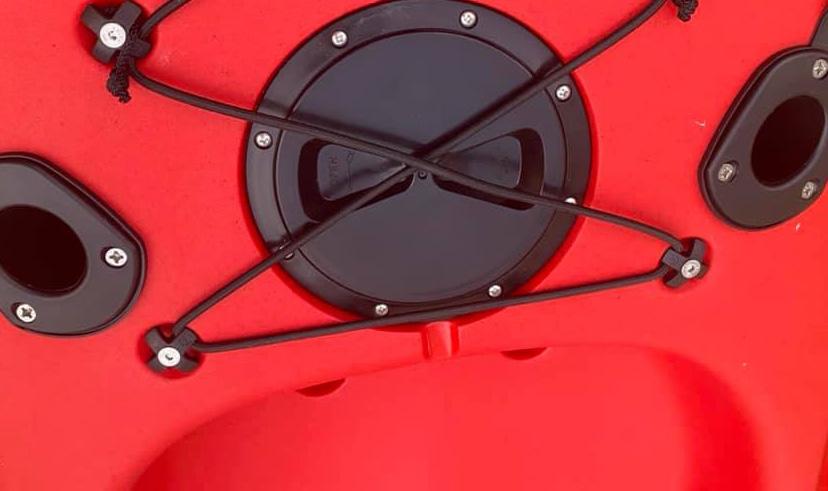
The team of people that Matrix Polymers makes available to its customers covers a wide and articulated area of expertise. They are experienced in all aspects of rotational molding, from polymer chemistry to polymer design, compounding to grinding, rotational molding to color matching and logistics to customer service. Creating innovative rotomoulded products is not a challenge that can be won alone but requires teamwork in which multiple professional skills are integrated and founded.
Matrix Polymers’ team of industry experts offers a wide range of skills and knowledge, and actively collaborates with Tootega from product conception to creation. A deep synergy is created between the two parties aimed at helping molders to identify new possibilities that are aligned with market trends and insights.


> Coloured powder for rotational molding

Over the years, the Matrix Polymers Technical Team has developed to become one of the biggest and most experienced technical teams in the rotational moulding industry, uniquely focused on material technical solutions to moulders. We’re passionate about the unique features of the rotomoulding process and constantly push the boundaries of our knowledge to develop cutting-edge technical solutions. Our technical customer service can be tailor-made to match any moulder’s demand.
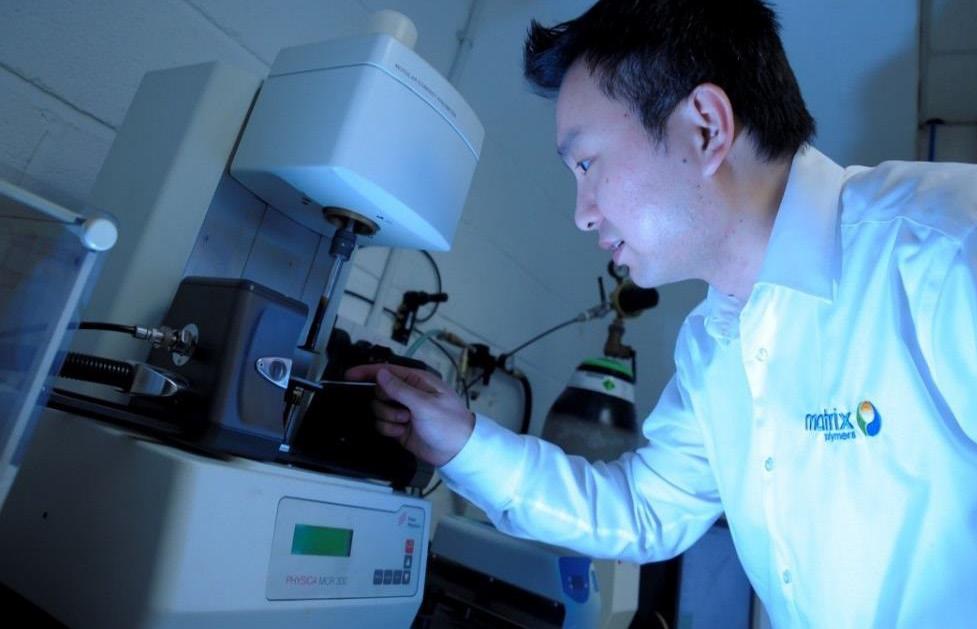
> Kinetic 100 kayak
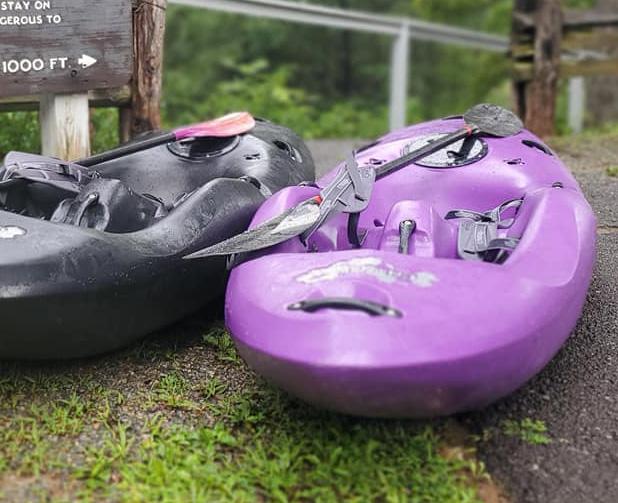


Over the years, Matrix Polymers and Tootega have developed a partnership focused on enhancing product quality. Reducing porosity through the cross-section and surface of rotomoulded kayaks, establishing optimal moulding conditions for Revolve materials, thereby providing ultimate material performance for kayaks, and minimizing energy consumption and manpower consumption through the rotomoulding process.
> Dedicated technical services support teamFounded as a family run business, today extended and effectively structured, Venplast is able to compete with outstanding results on an international scene. Venplast studies, designs and accomplishes a wide variety of industrial ventilators corrosion proof that satisfy a range of workload/ pressure which varies from a minimum of 30 m3h/50Pa to a maximum of 140000 m3h/6000Pa, with which a long series of complementary accessories is combined.
The application fields of Venplast ventilators cover a broad range of sectors: from chemistry and jewellery laboratories to galvanic and metal treatment systems, from petrochemical industry to environment purification systems from corrosive and dangerous fumes. Besides standard products, Venplast is able to personalise the request with accuracy and punctuality according to the customer’s needs.
The case of Venplast is emblematic of our approach: from large to small companies. each customer is important and becomes a strategic partner to create innovation. Without distinction in terms of size, production capacity and turnover.

> Direct driven industrial fans
The rotomoulded diffuser must also be particularly resistant to physical and mechanical stresses due to the vibrations produced by the engine. For this reason, the choice of the suitable polymer is particularly important to avoid the risk of stressing the structure causing cracks and cracks in the rotomoulded body.
Venplast produces a wide range of industrial fans consisting of a metal structure and an aspirator that is molded with rotational technology. One of the main challenges Matrix
Polymers faced in this project was the supply of a polymer capable of withstanding the high temperatures that the fan reaches. These temperatures are generally above 70 ° C.



> Fans series with forward curved blades

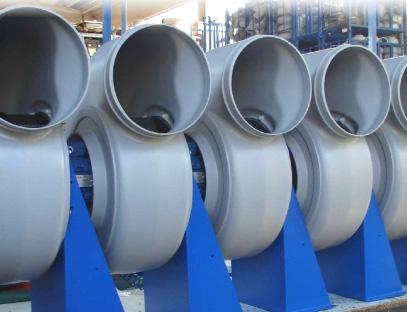
Another fundamental parameter on which to measure the choice of the polymer is, in this case, the ability to generate a rotomoulded structure capable of having good impact resistance. This guarantees resistance over time in industrial environments where stresses can cause damage to the rotomoulded body.


> Fans series with backward curved blades

> Detail of rotomoulded diffuser
The polymer solution: Revolve® R-Tuff Revolve® R-Tuff PP60 conductive is a rotational moulding polypropylene grade designed to provide conductivity and maintain all properties related to polypropylene such as stiffness, high temperature resistance and chemical resistance. The main characteristics of this polymer, available in black powder, are high surface resistance, good moldability and high rigidity combined with resistance to UV rays.

> Polymer bags
The design phase of the new fan system produced by Venplast represented an important phase that actively involved expert polymer designers from Matrix Polymers. The collaboration between these two worlds has made it possible to overcome technical obstacles. In this way, the product can be rotomoulded with maximum efficiency, exploiting the specific performance characteristics of the molding system and increasing the production rate of the process.


The collaboration between Matrix Polymers and Venplast represents an emblematic example of the potential that arises through a close collaboration between the polymer supplier and the manufacturer. The industry needs more advanced and higher performing materials to grow. There is a wider range of advanced materials and ready-made technical solutions available to printers to help them enter profitable new markets.

> 2D technical design

The properties of polypropylene depend on the molecular weight and molecular weight distribution, crystallinity, type and proportion of co-monomer (if used) and the isotacticity. The additionally present methyl group improves mechanical properties and thermal resistance, while the chemical resistance decreases. This means that many types of PP are available to best meet each process and the most different performance requirements.



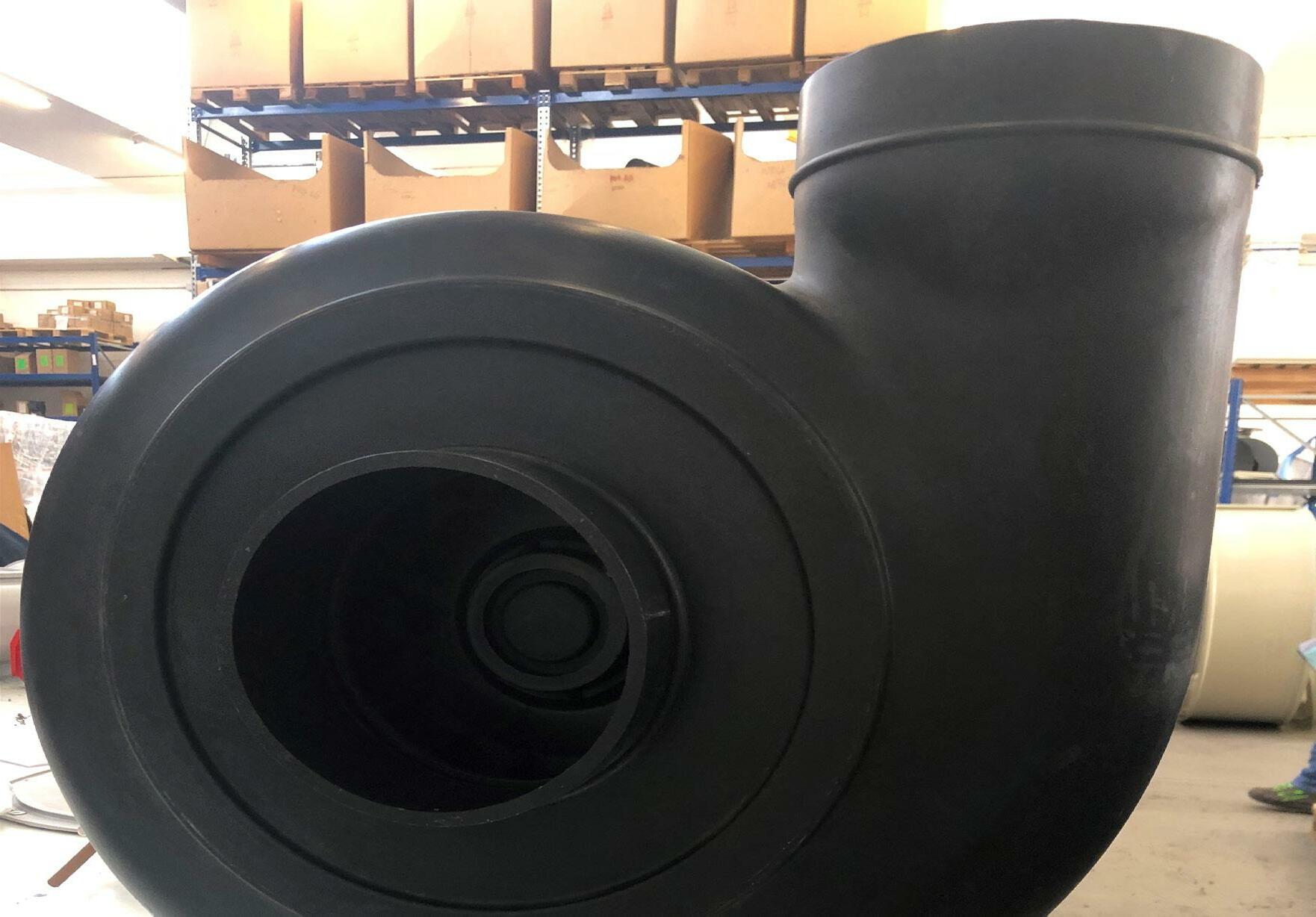
Polypropylene exhibits physical properties that make it more rigid than polyethylene. Polypropylene has a higher heat distortion temperature, excellent chemical properties and environmental stress crack resistance. Because of these properties polypropylene is used in autoclave applications. Polypropylene is extremely resistant to abrasion, which makes it an excellent candidate for industrial ventilators and many other kind of products.

The idea behind RS Sailing was developed by a small group of sailors sitting on a Cornish seawall discussing the opportunity to advance the sport. With the use of the latest design technology, performance has been enhanced and made more practical for most sailors.
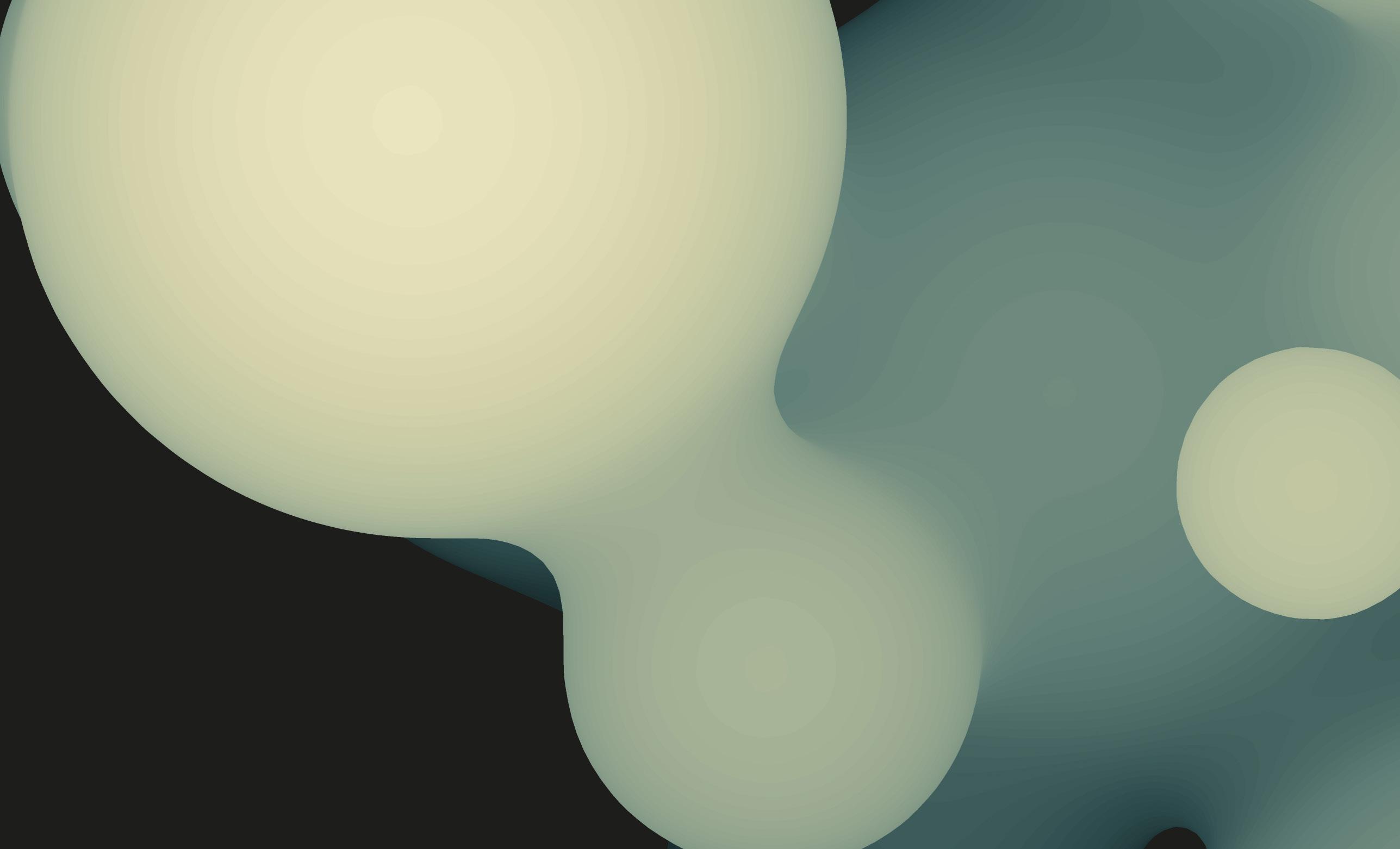
Every RS boat is born from a deep study of the best materials and shapes to ensure high performance on the water. To ensure high performance on the water, RS boats are built using only the finest materials and shapes. This ensures high quality and durability to withstand the stresses they are subjected to.
The fundamental objective of this project between Matrix Polymers and Rototek was to merge mutual skills and generate an innovative result, a quality boat that lasts over time, guaranteeing high performance and reliability.

The RS Zest boat project takes advantage of the potential offered by rotational molding by fully utilizing this technology. The boat has been designed to be reliable and competitive and features multiple features that make the boat innovative. Whilst most boats in this sector are sailed by two people, they are only suited to one, due to their size and safety. The RS Zest features a mini doublehander that can be sailed solo thanks to its cockpit space.

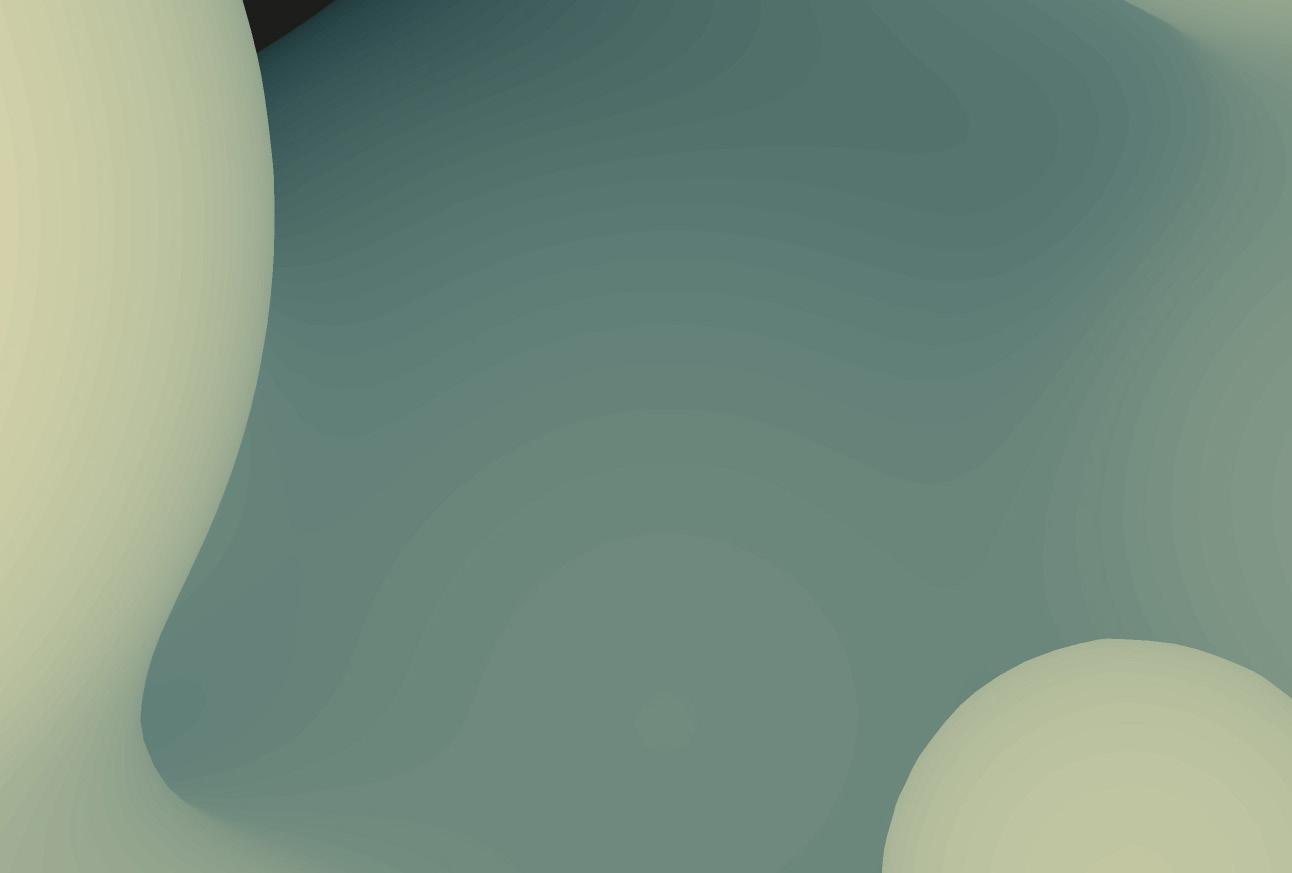
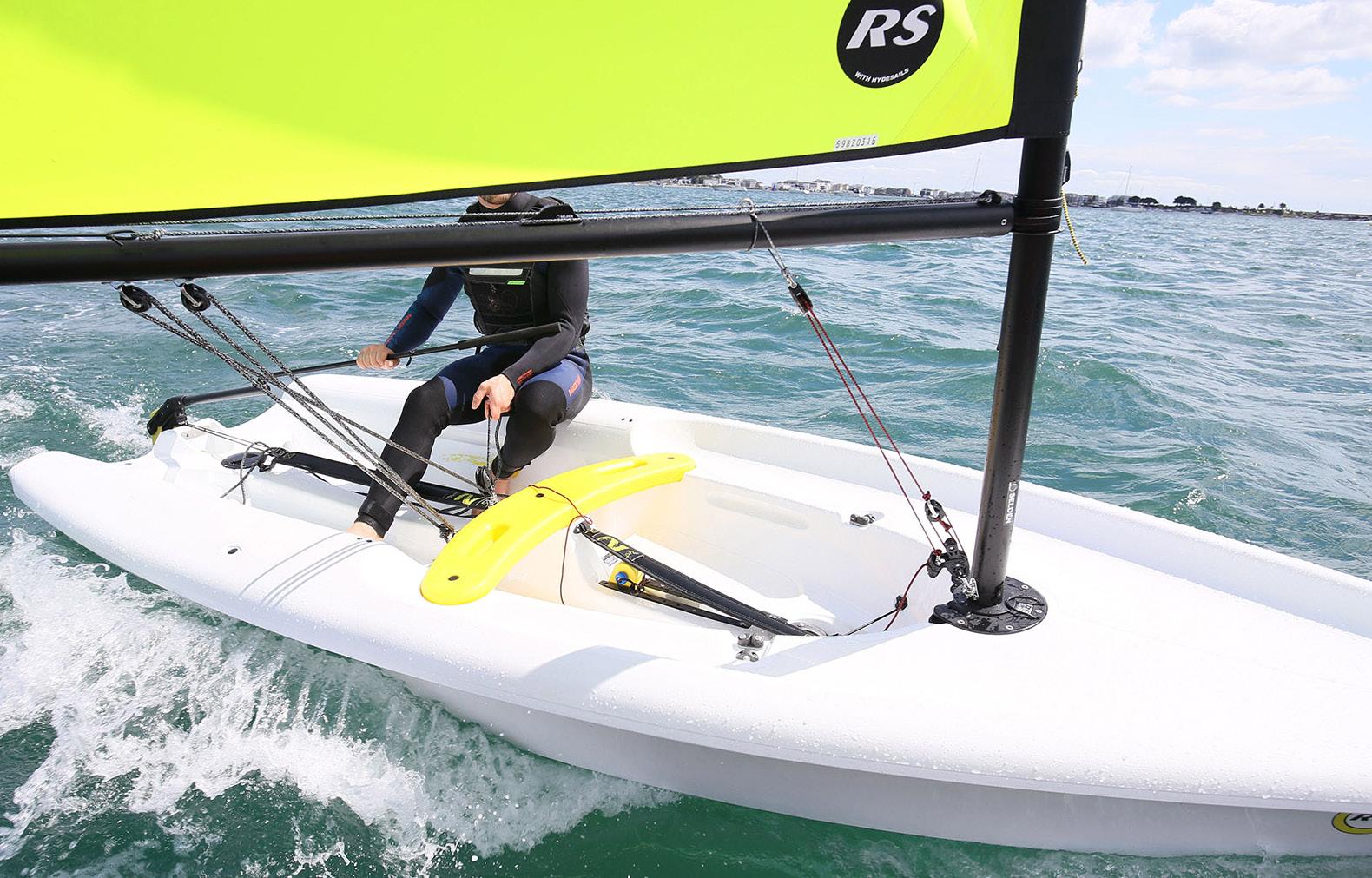
Even in rough waters, the hull’s shape guarantees considerable stability in the presence of currents and wave motion. There is a considerable level of stability even in rough waters, thanks to the hull’s shape, regardless of the sea conditions. It is also equipped with a molded-in grab point where the helmsman and crew can grab hold of it should they need to get back on board after a capsize. The rotomoulded polyethylene construction makes the RS Zest almost maintenance free.
> RS Zest boat > Training CentreDesigned for both competitions and training, this boat serves both purposes. Three sailors can be accommodated in the hull. This is a boat to get you onto the water and into the wonderful world of sailing – no hassle – no end to the fun.



The boat has a pivoting centerboard as opposed to a daggerboard. The design is user-friendly and resistant to damage. The roller furling main can easily be reefed from the boat or the instructor’s RIB. The sail colour ensures high visibility even from a distance. The towing points are integrated and facilitate towing operations.
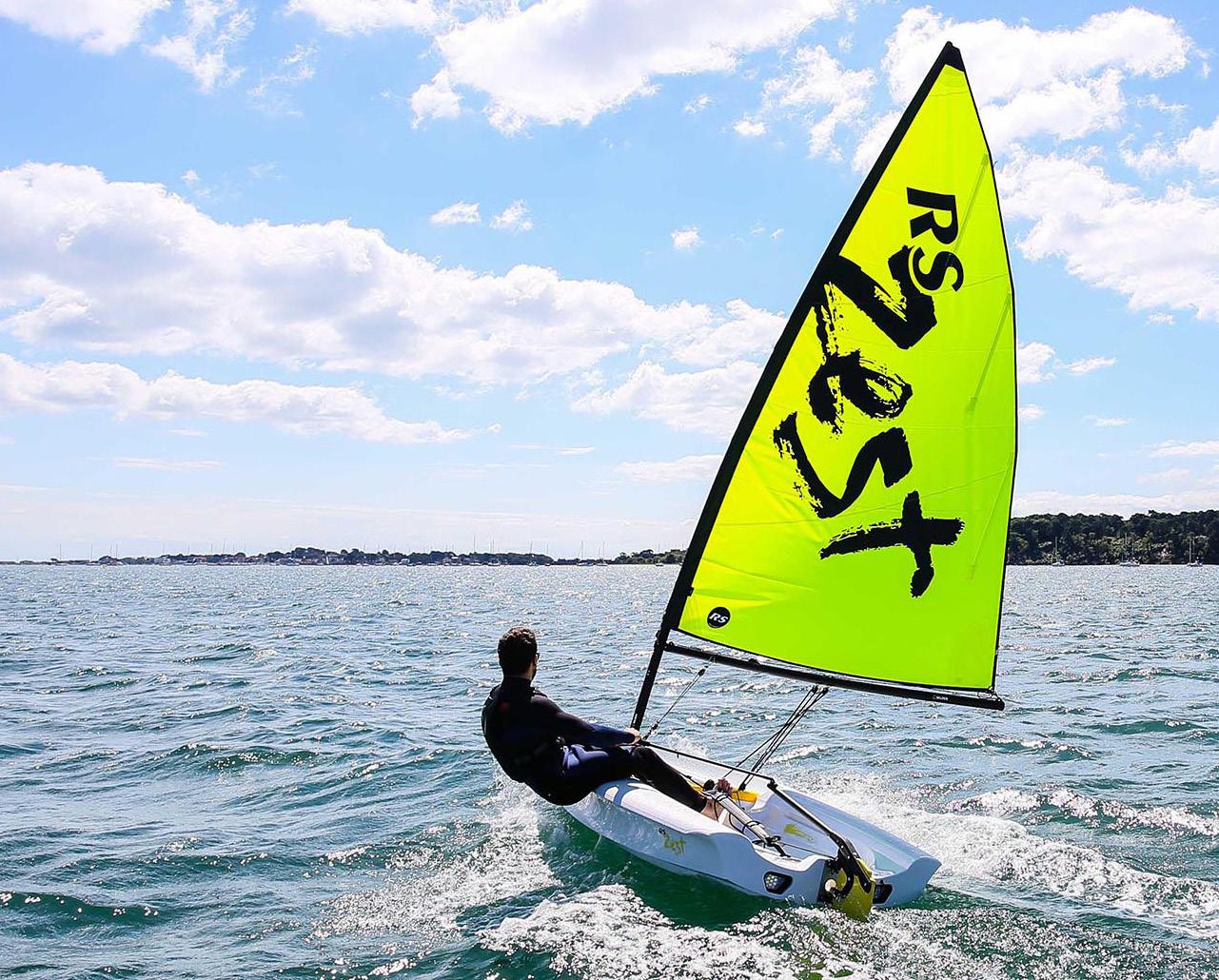
Three-layer processing technology is used to construct the hull using materials developed by Matrix Polymers and selected by Rototek, which produce a thick multi-layered foamed hull. With specially developed brass and steel inserts moulded into the structure of the hull, the boat features the strongest boat hardware. This allows the deck hardware and inserts to be placed so they are very resistant to water and atmospheric agents over time. This will result in low maintenance.

> The hull


> Detail with inserts
As part of our Corporate Social Responsibility and Sustainability program, Rototek and Matrix Polymers have developed a circular economy process to ensure the hull is fully recyclable, thus giving the polymer a second life by recovering the materials and using them again in the same process on other products or applications.

Moreover, the innovation and monitoring methods used in the production of the hulls are cutting-edge. Every stage of the production was carefully planned. Three parts make up the hull structure. The first is the coloured outermost layer which is made from a super linear material that is durable and shock-resistant. The intermediate layer is a polyethylene foam that helps with buoyancy and impact. The third layer consists of a general-purpose polyethylene.



In high-load areas, the process allows for additional thickness. In addition to reducing overall weight, this technical solution improves sailing performance. The use of the form to distribute the loads eliminates the need for bolts on the reinforcements while maintaining a more elegant aesthetic.
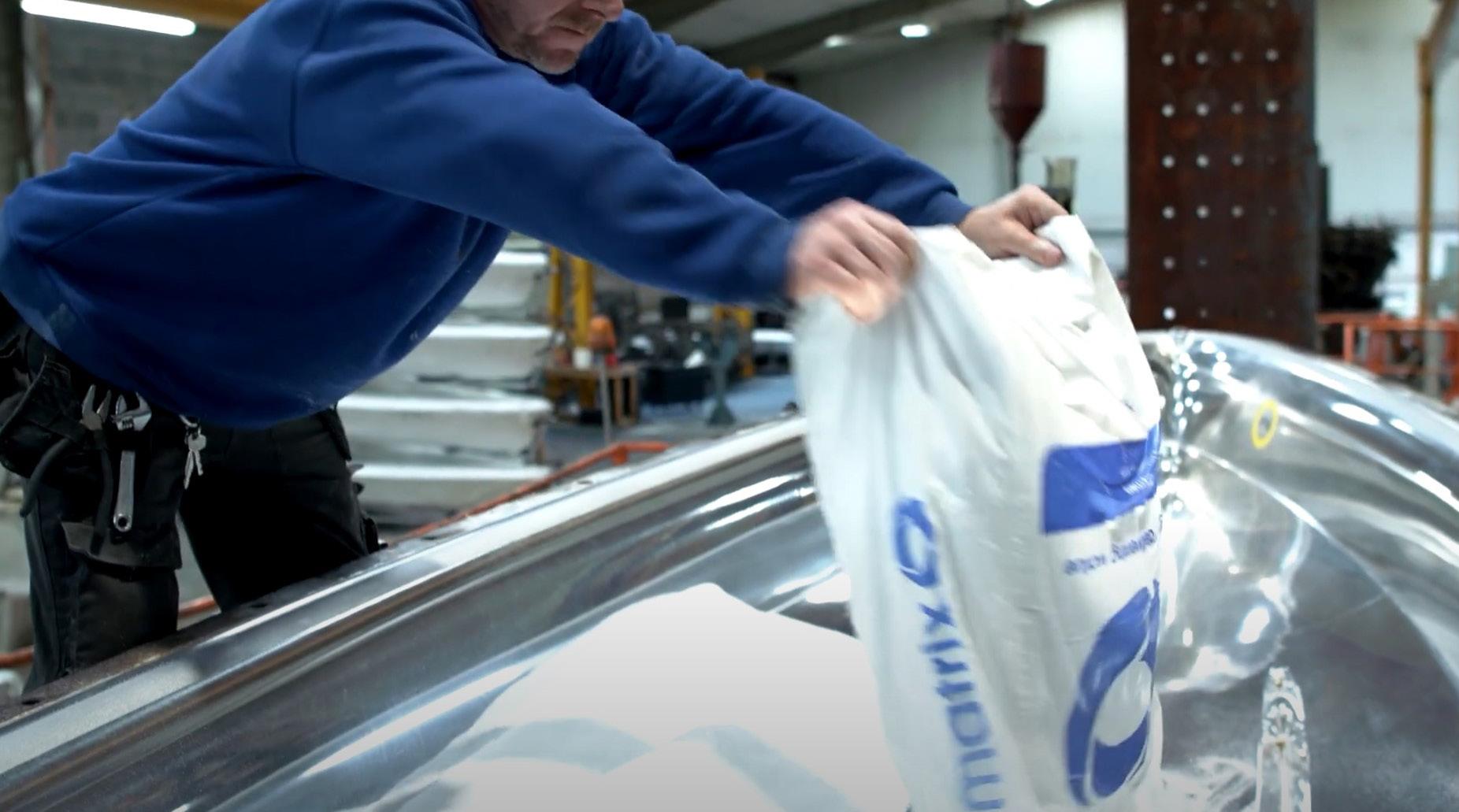
> Detail of the hull
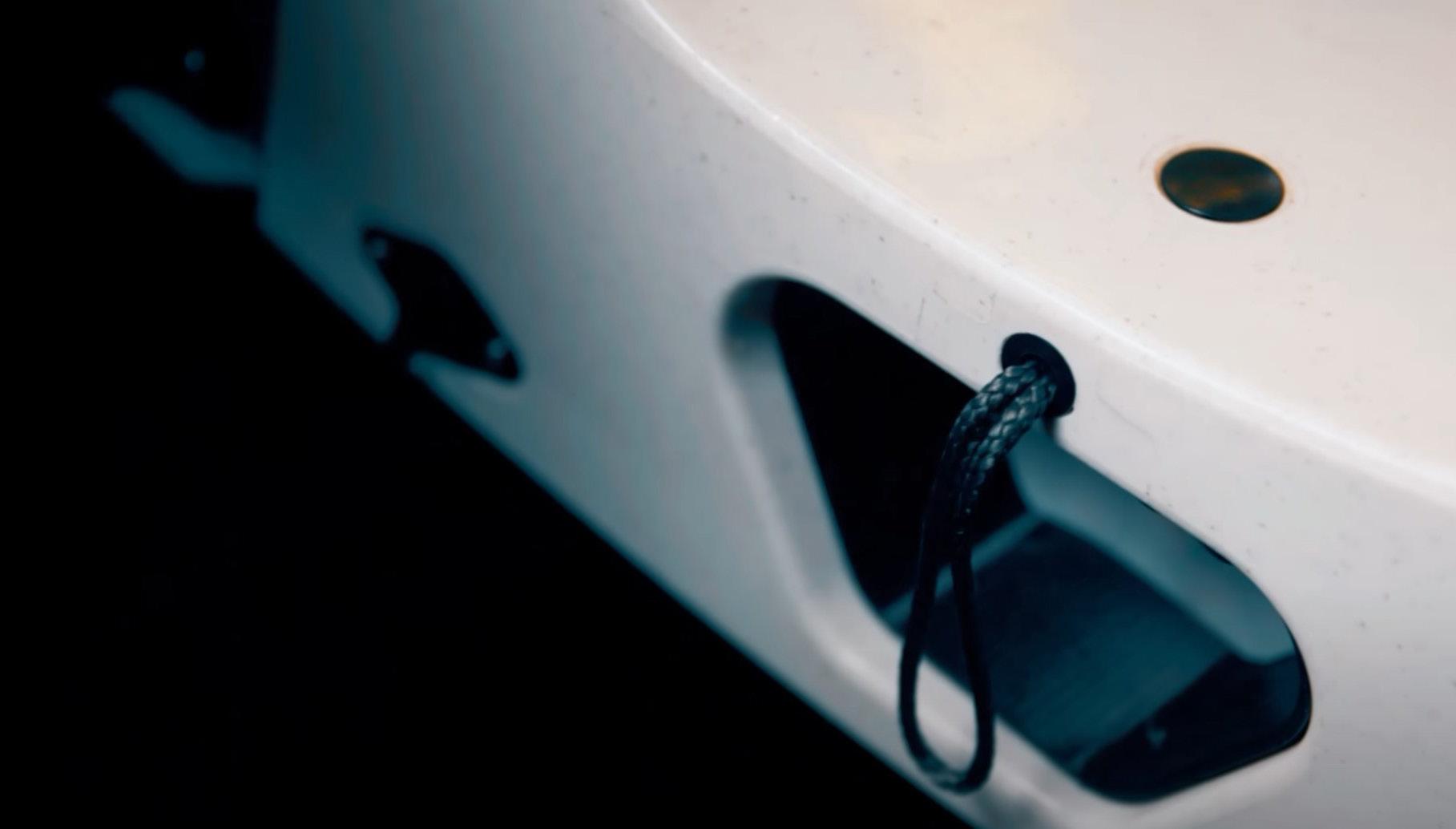


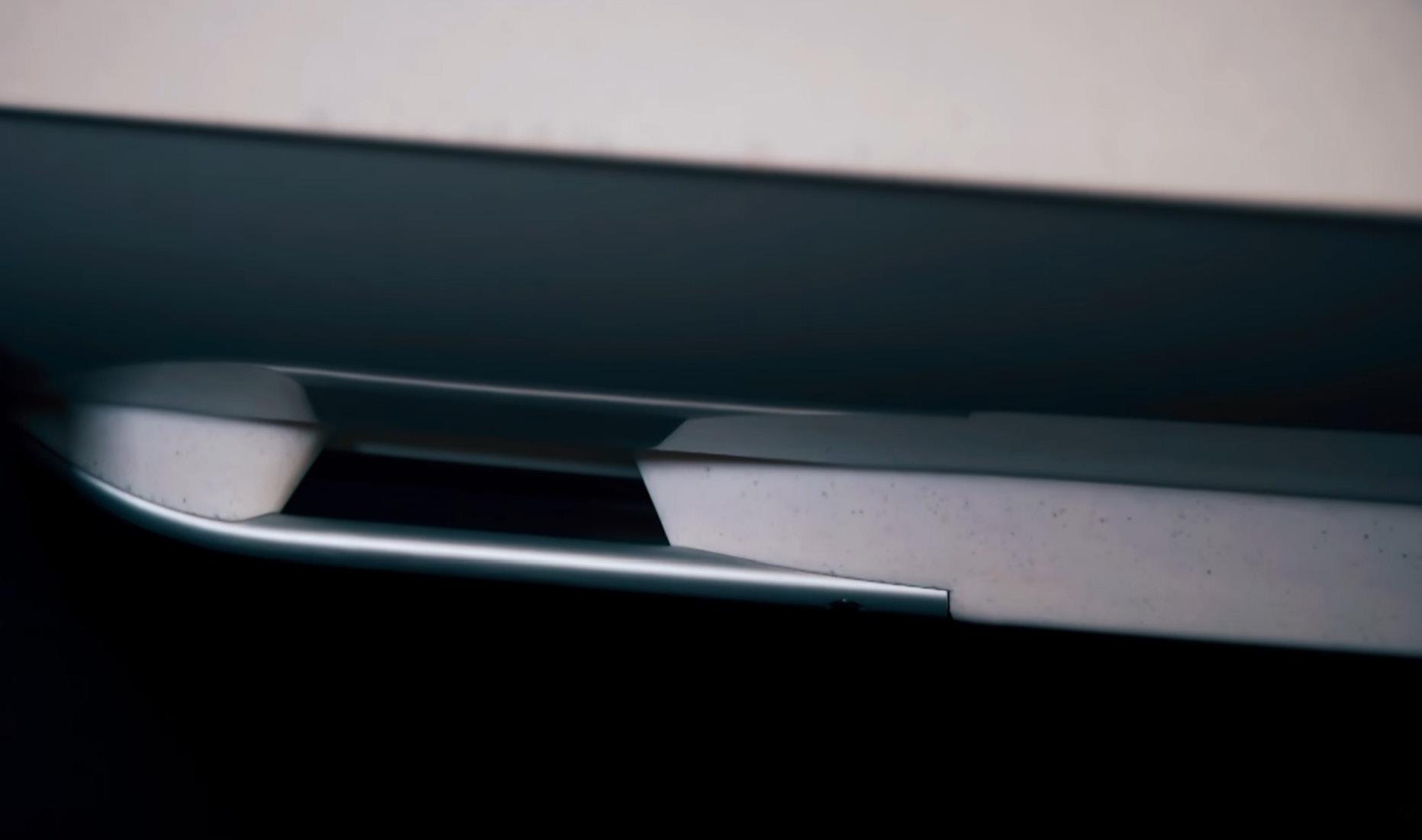
Prototyping, testing, and input from key customers follow the design development process refinement. As soon as the specification has been approved, production tooling can begin. First build boats are tested, and checked, and quality control procedures are implemented before production manufacturing can begin.
Its quality lies in its attention to detail, that is, in its ability to address every small detail of the boat. This will enable it to meet the needs of every sailor. The rotomoulded hull is considered the platform on which a series of instruments, accessories and functional inserts are inserted to better manage the boat in varied weather conditions. The inserts are a crucial component of the overall project and are based on the excellent mouldability of the polymer, allowing for the easier molding of formally complex details.
> Boat accessories
As part of the design process for the RS Zest hull, Matrix Polymers collaborates closely with the manufacturer. It allows us to identify the most suitable polymer solution to suit the performance requirements of the boat. In the process of product construction, polymer selection is not a secondary event but rather an integral one.



Different rotational molding systems are used in the hull production process in order to optimize production times and increase productivity. The temperature inside the mold is monitored at every stage of the molding process in order to create a high performing-hull.



